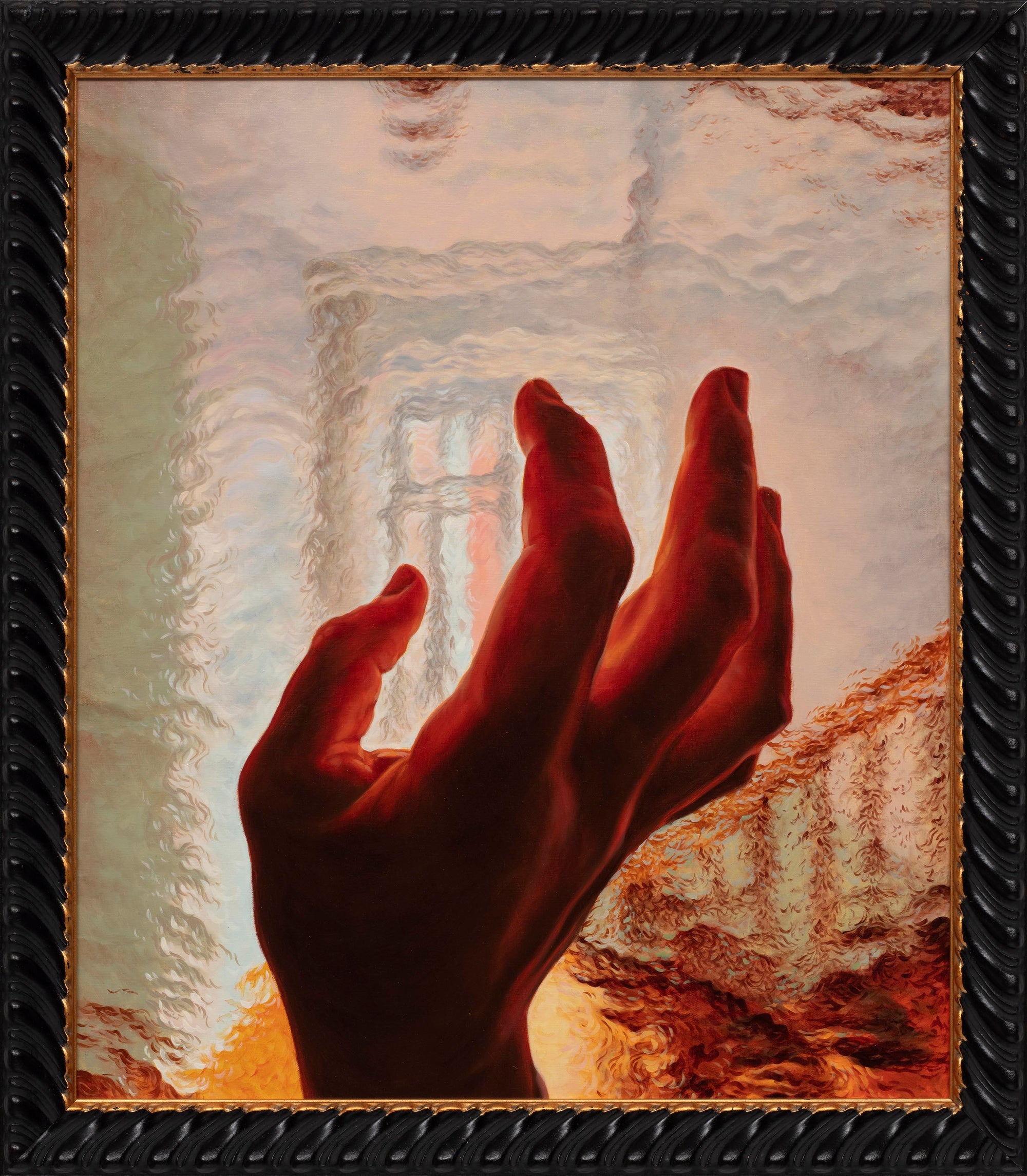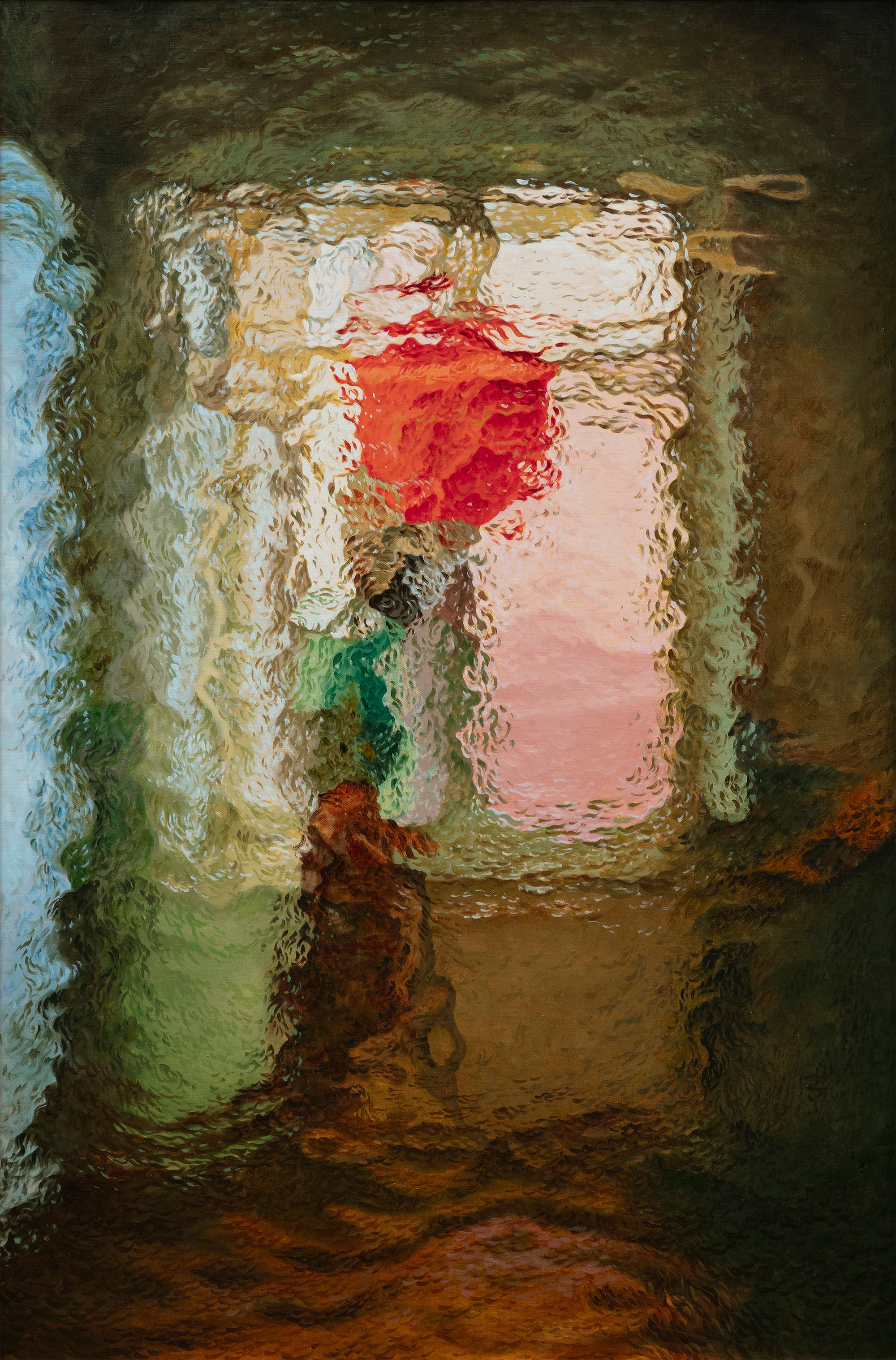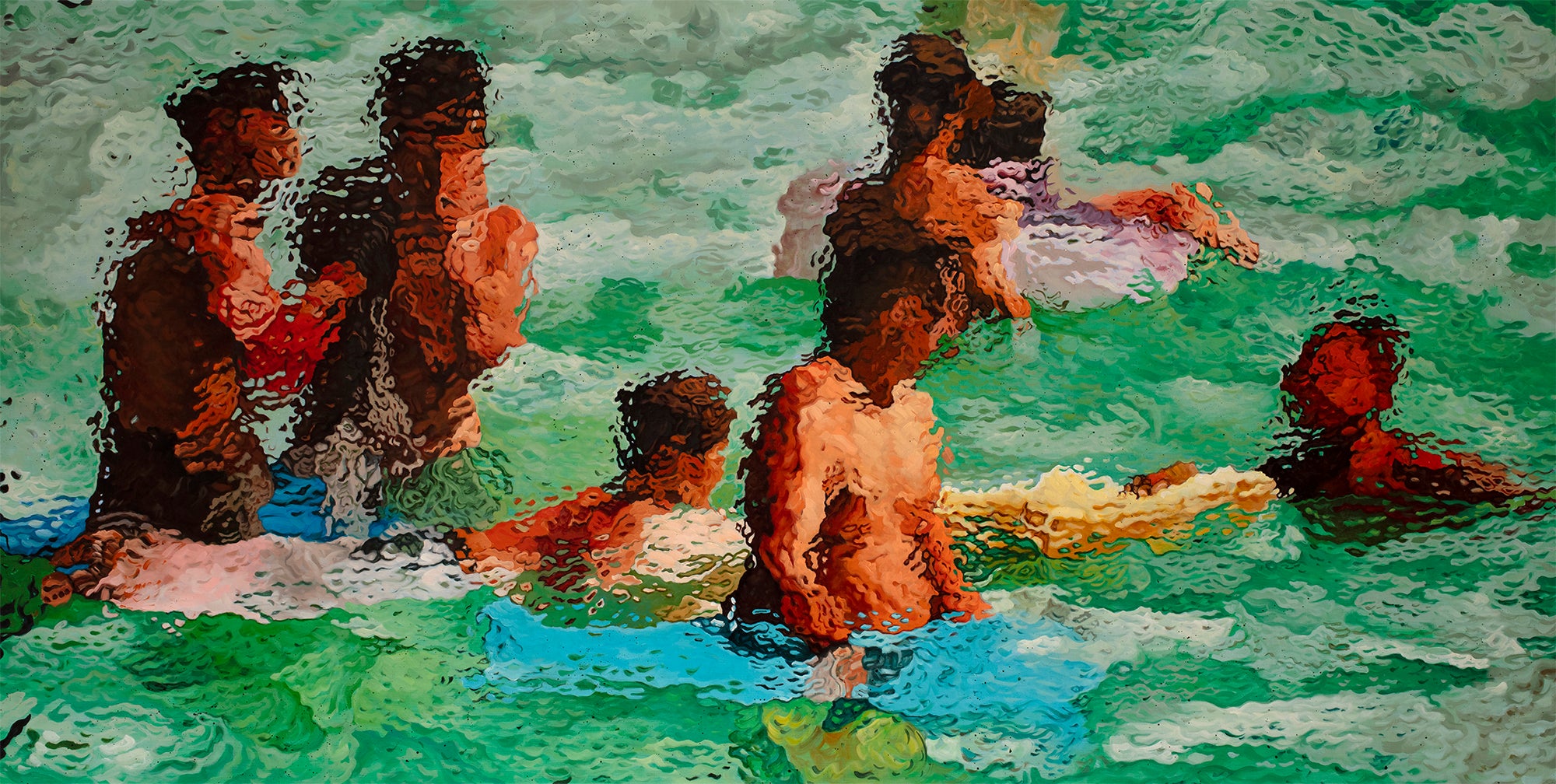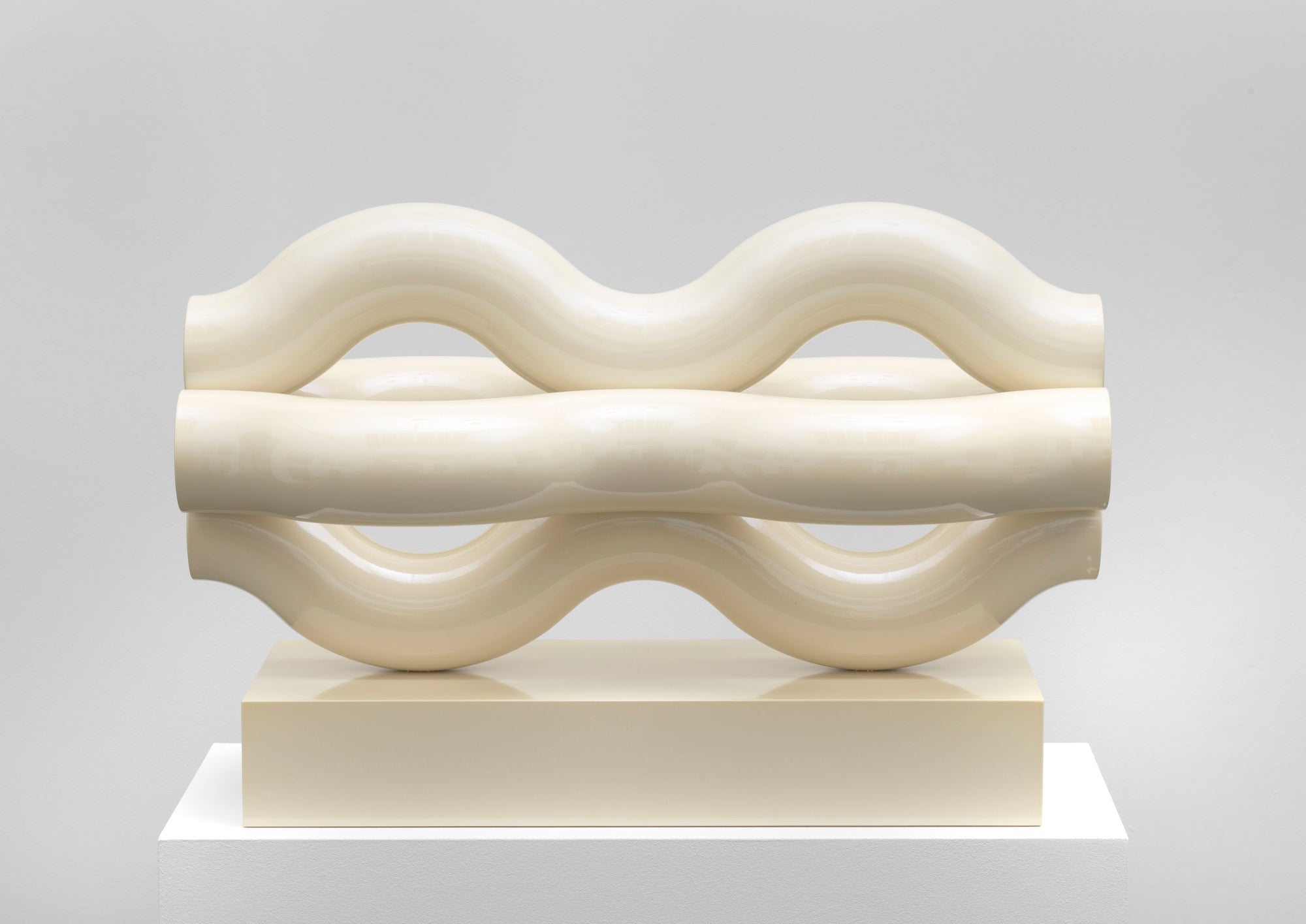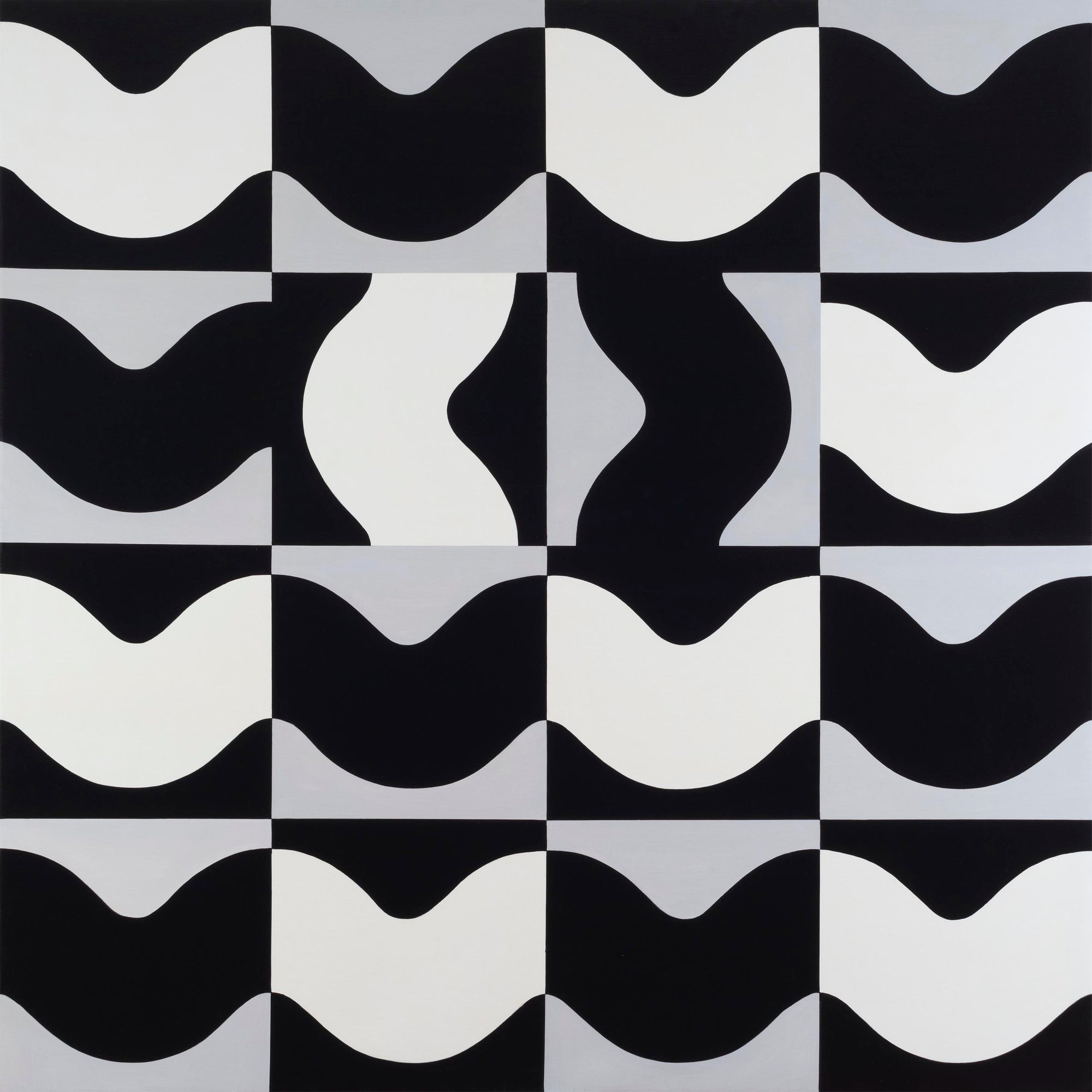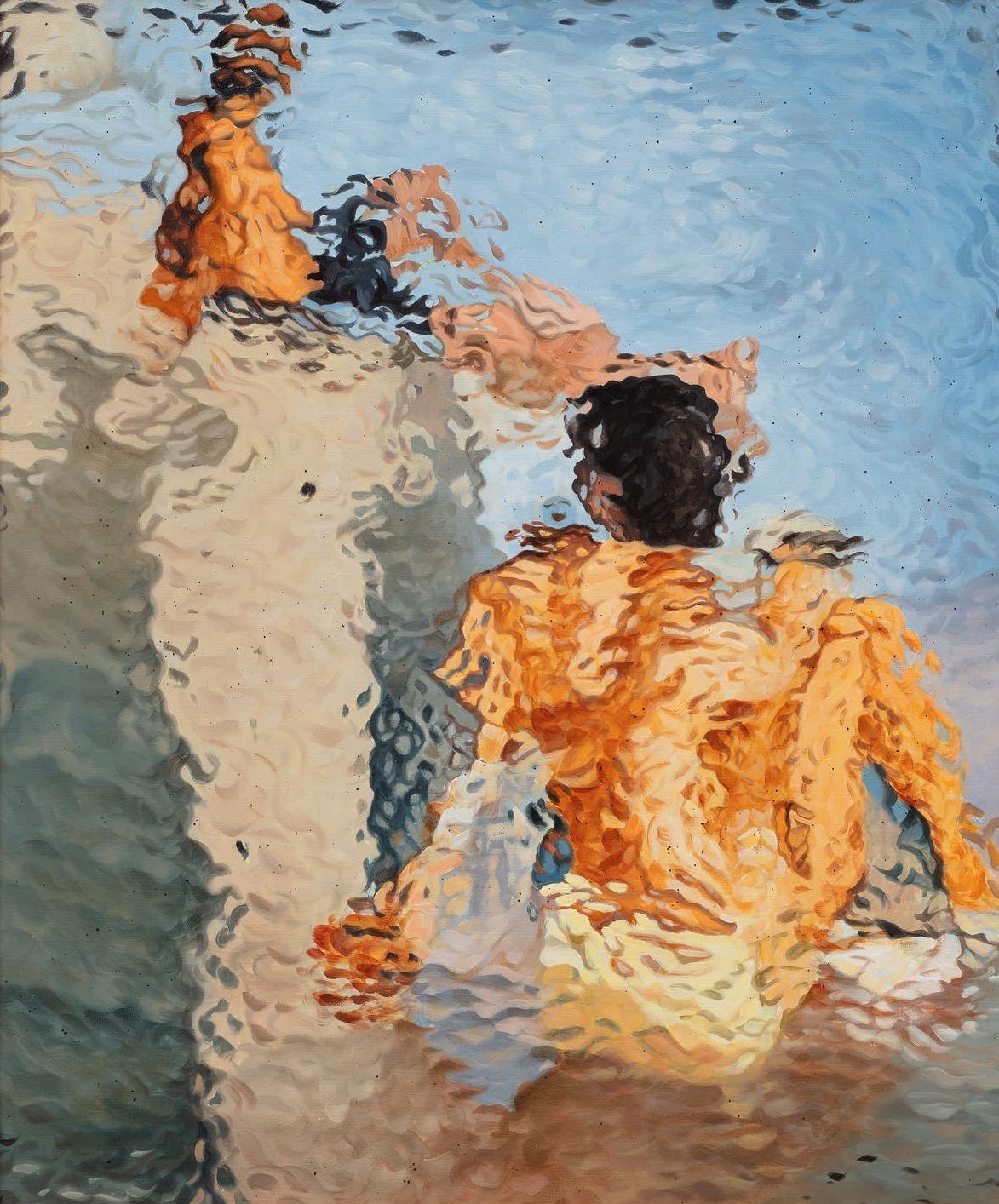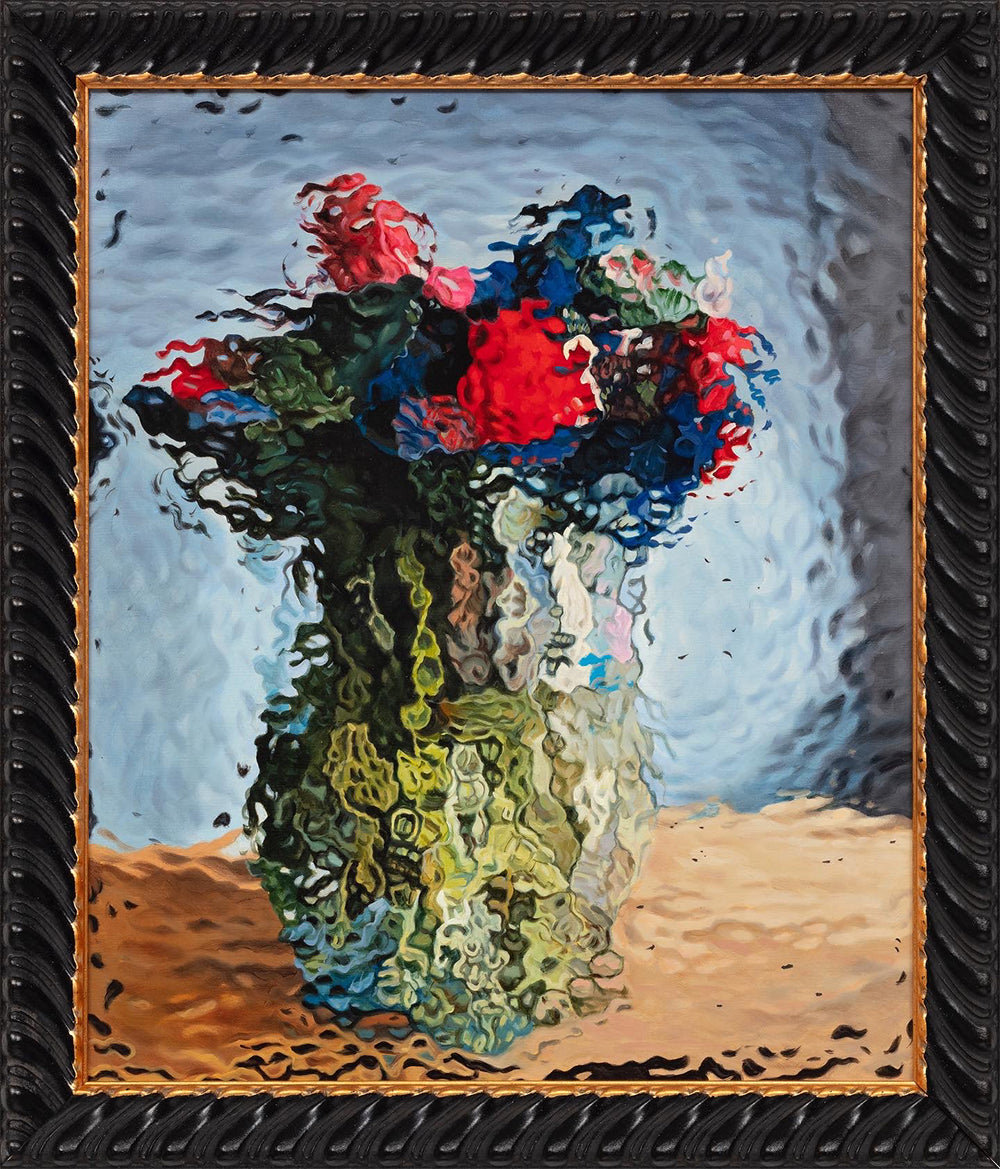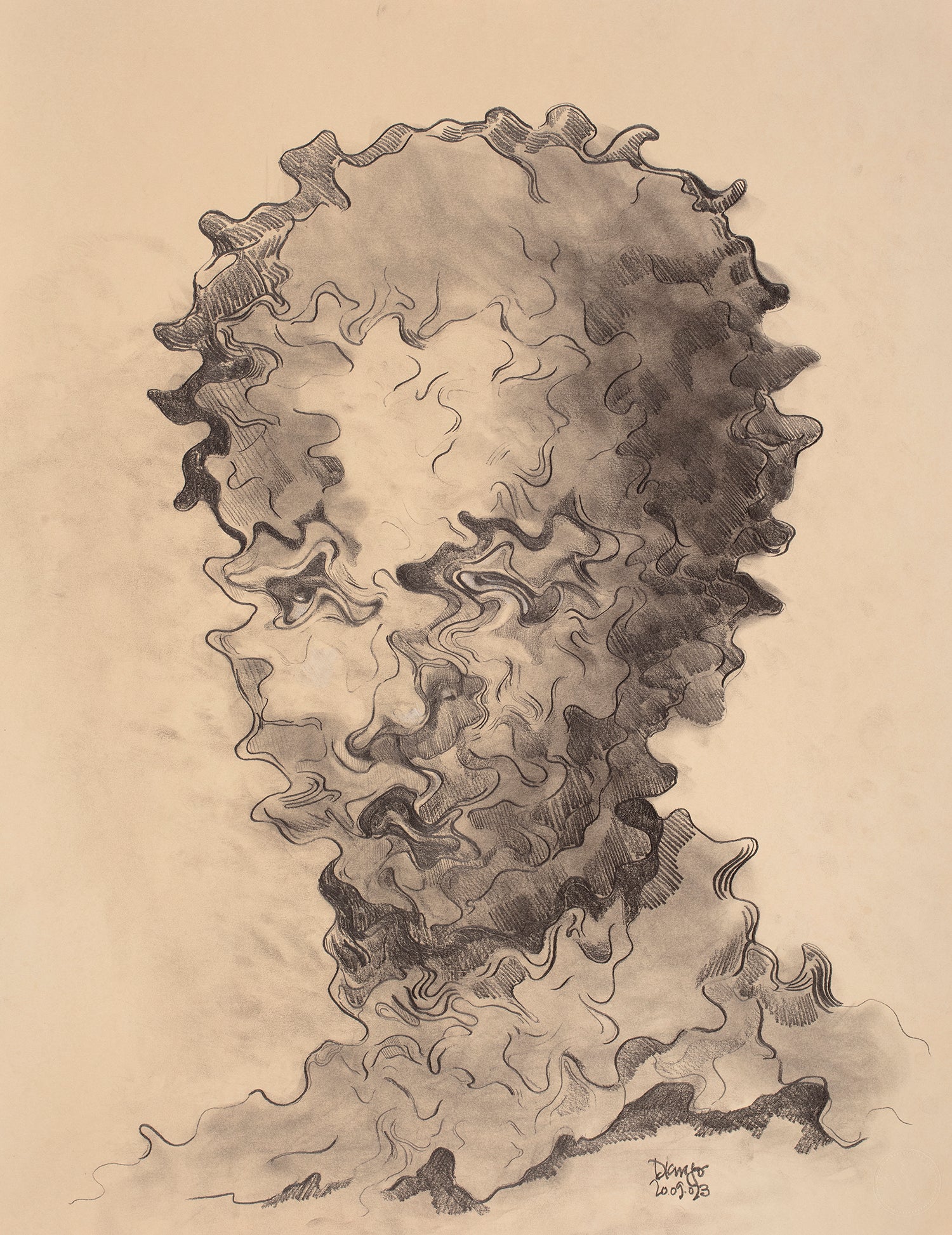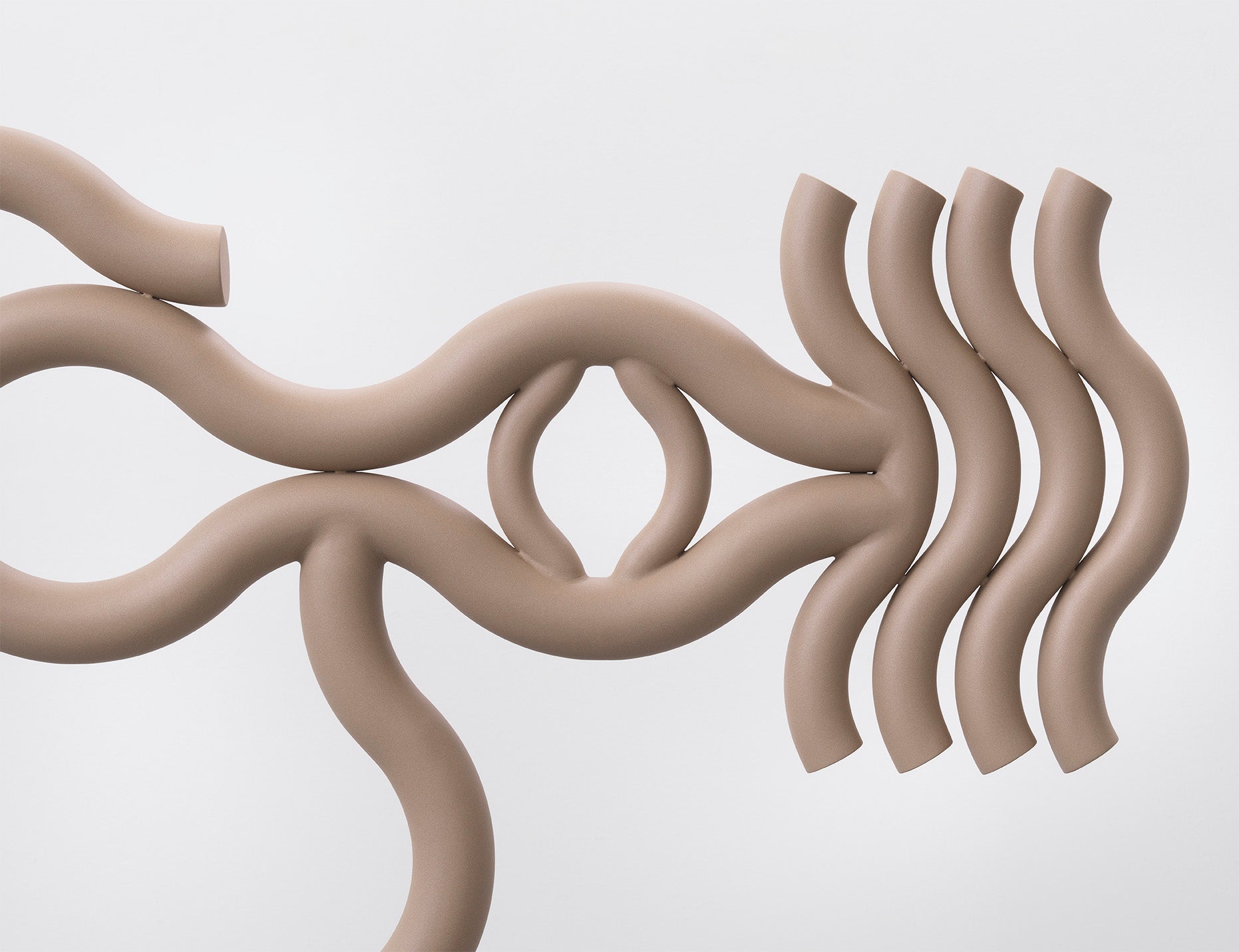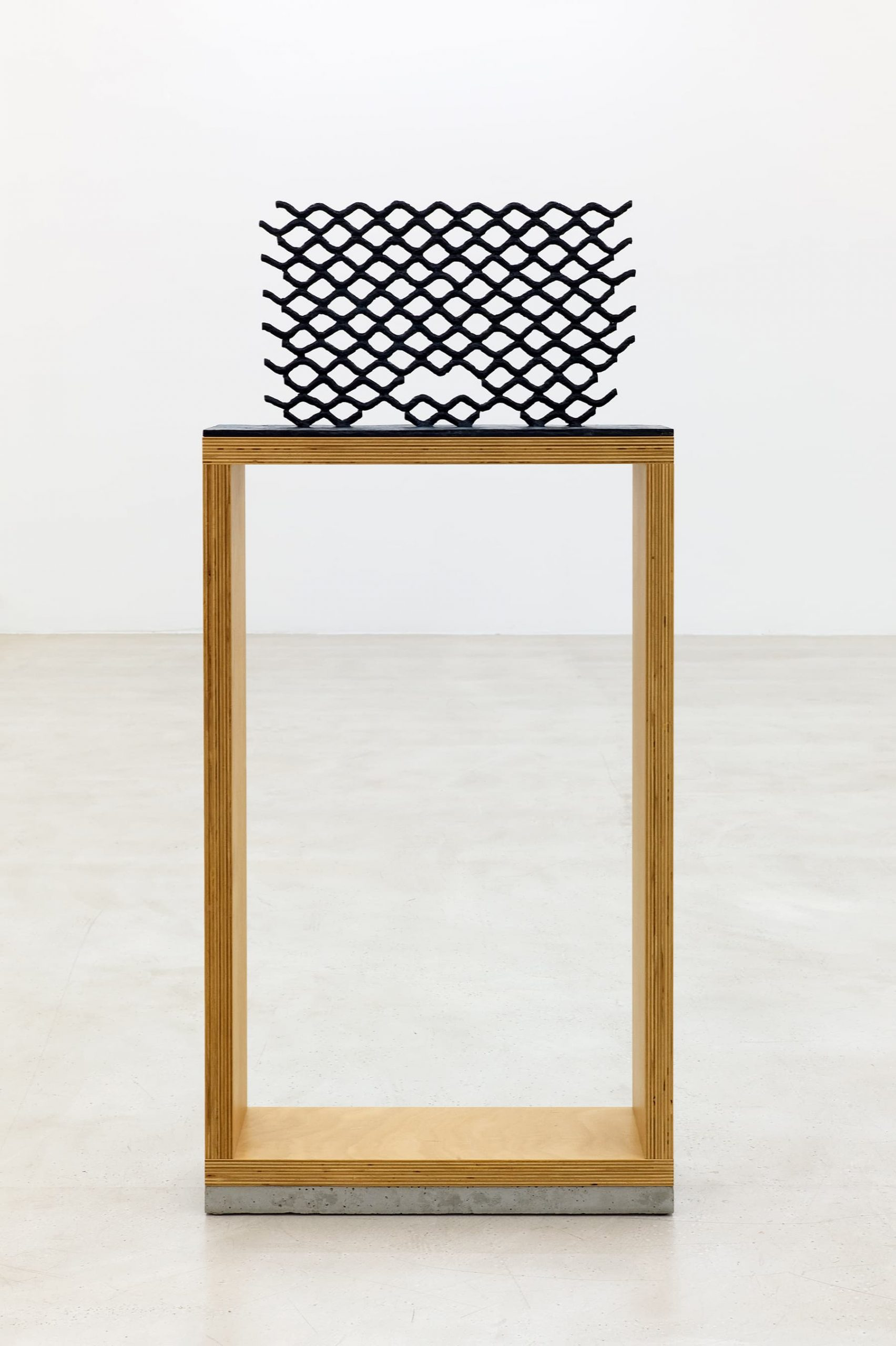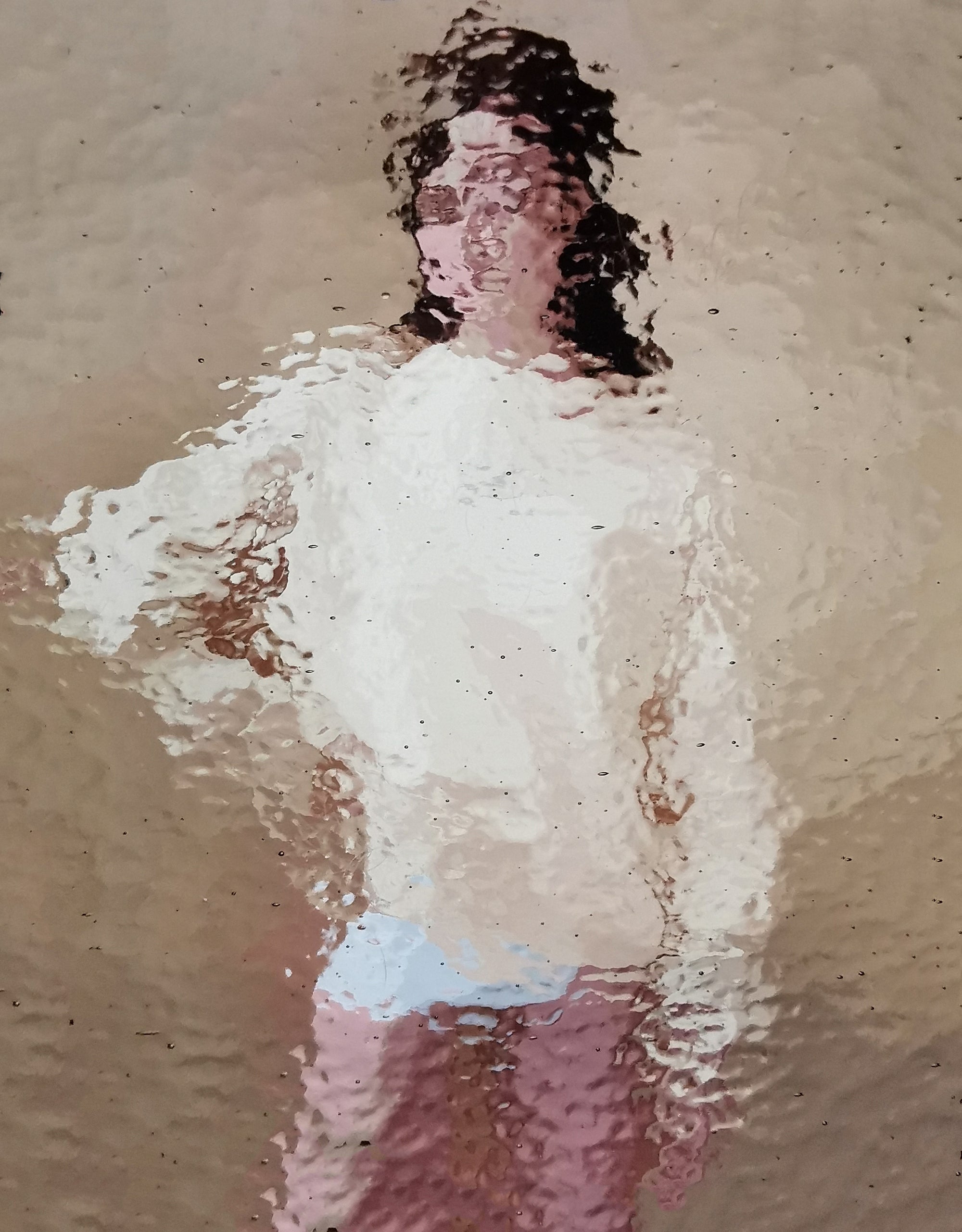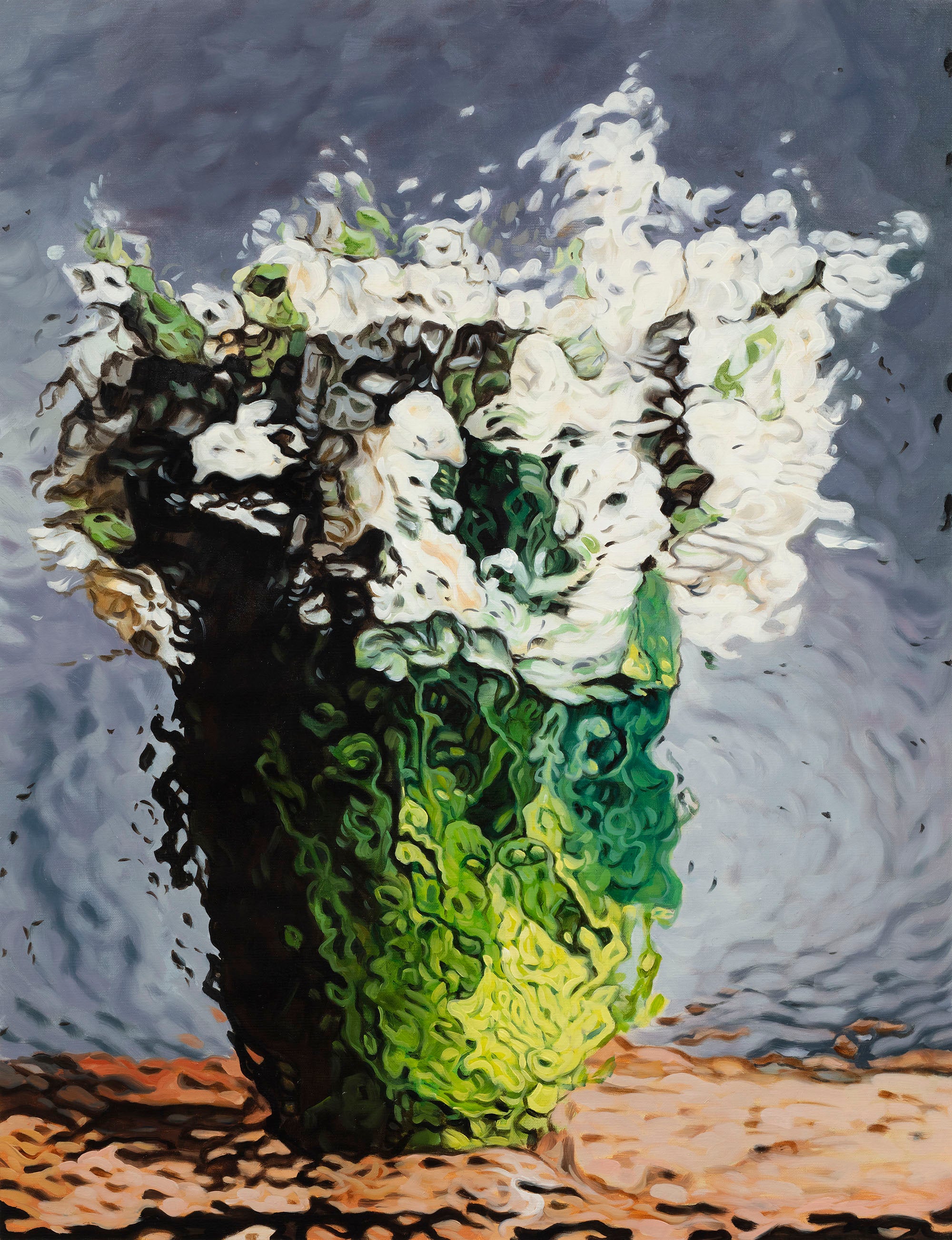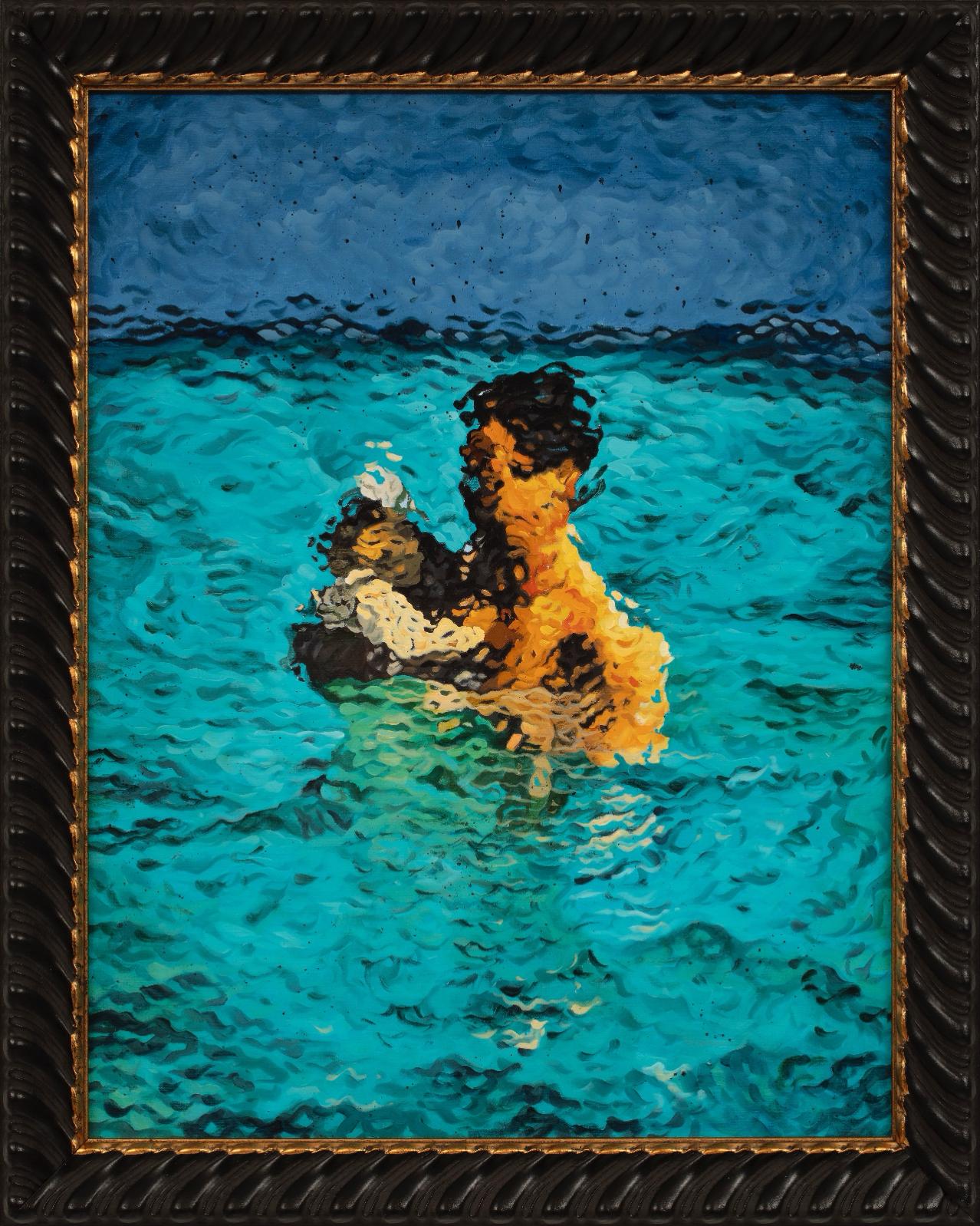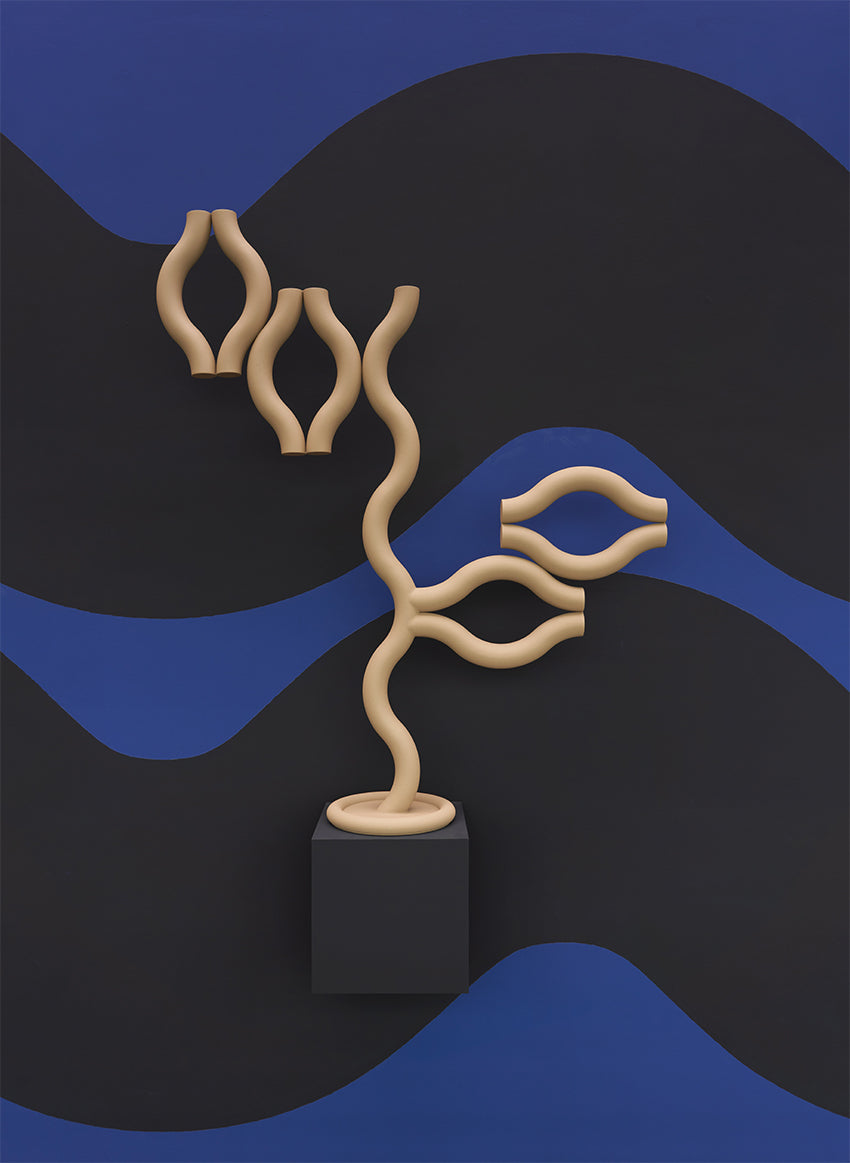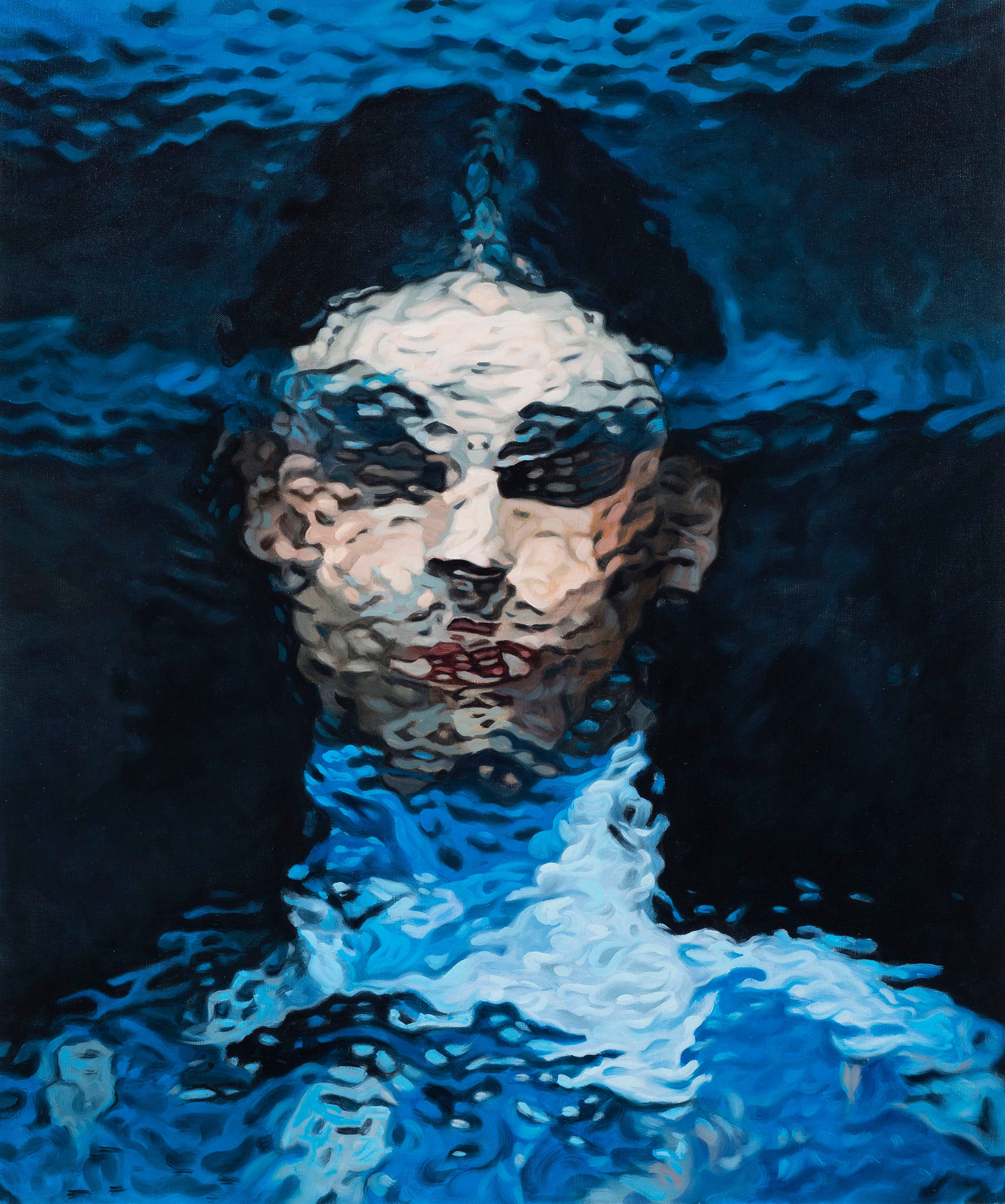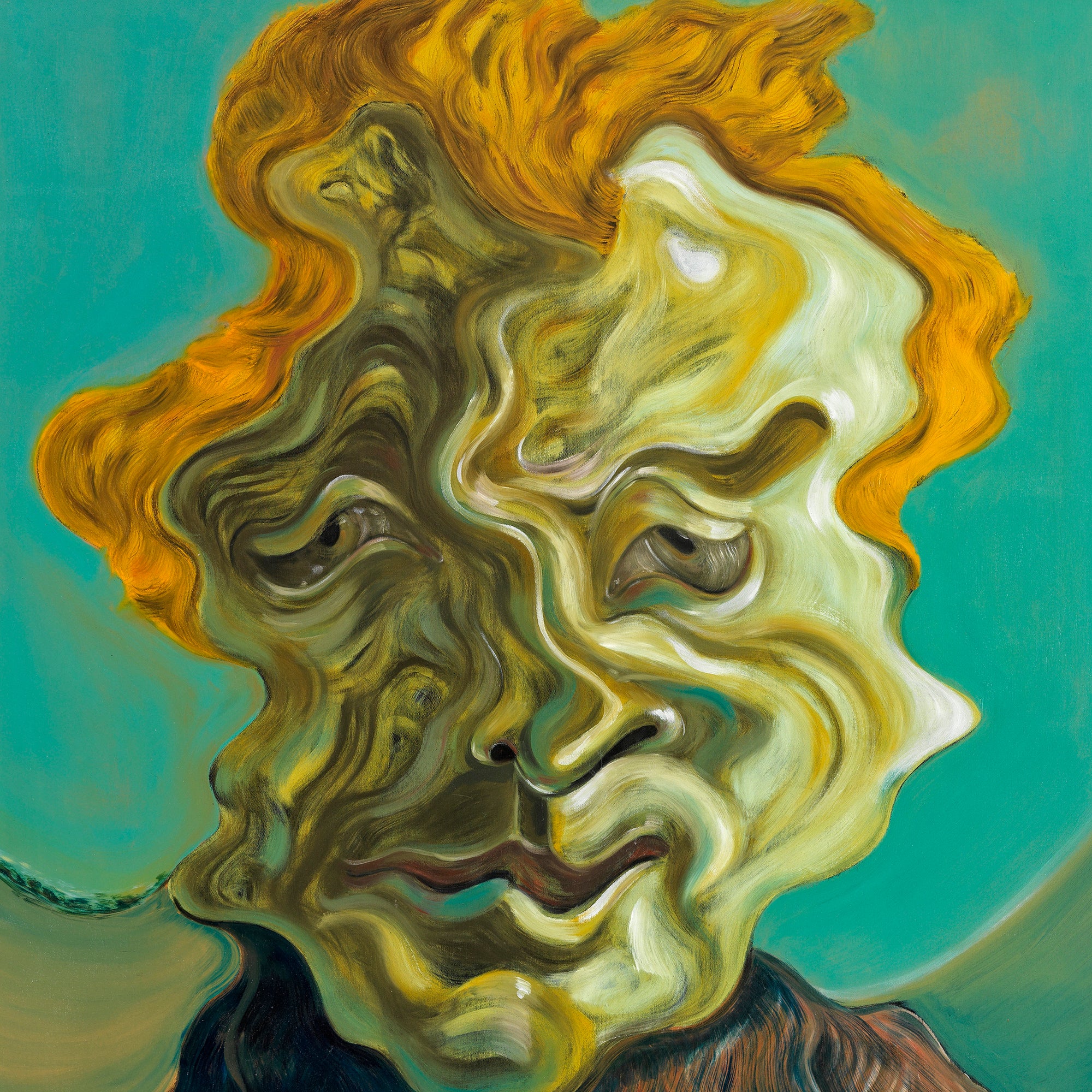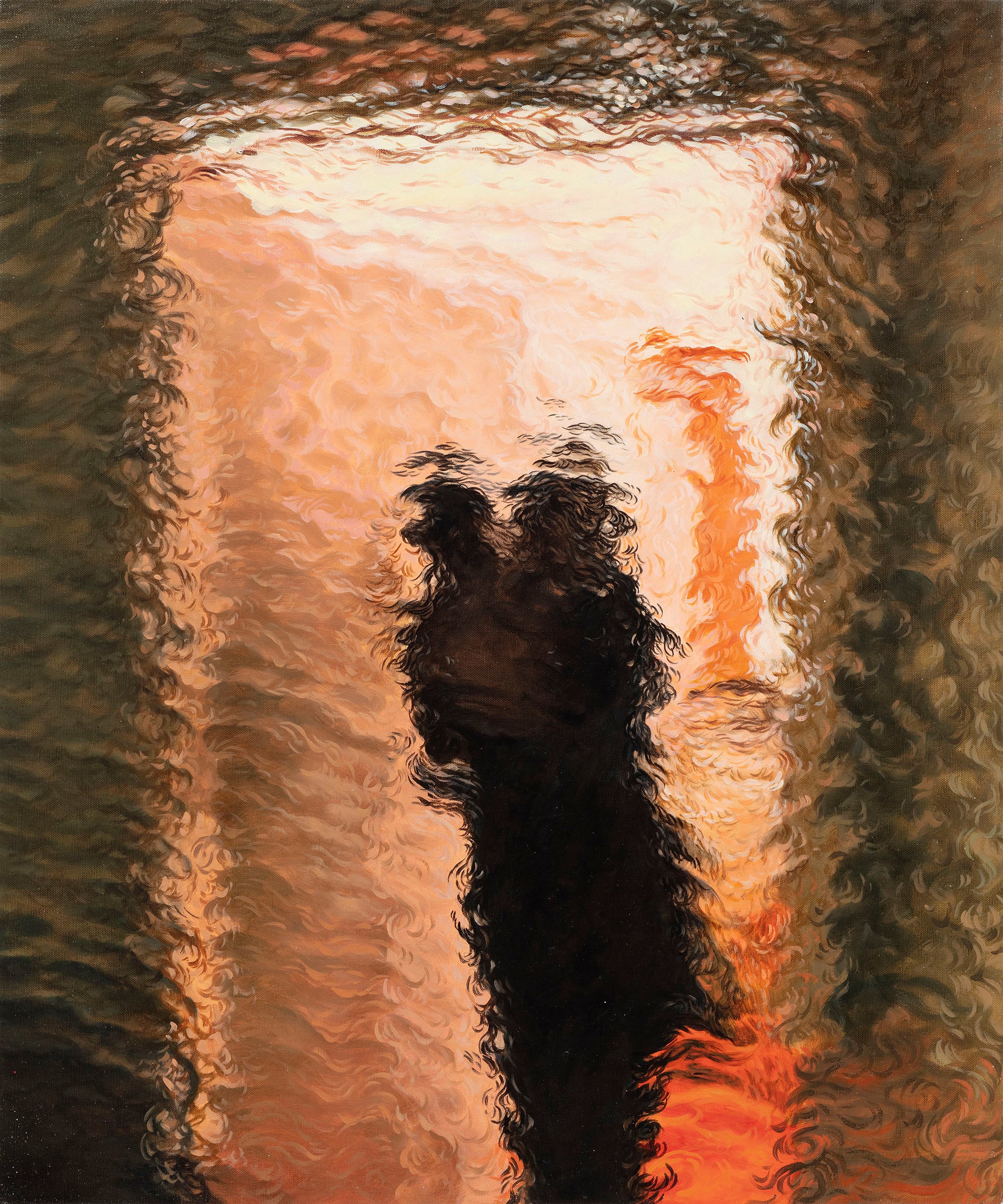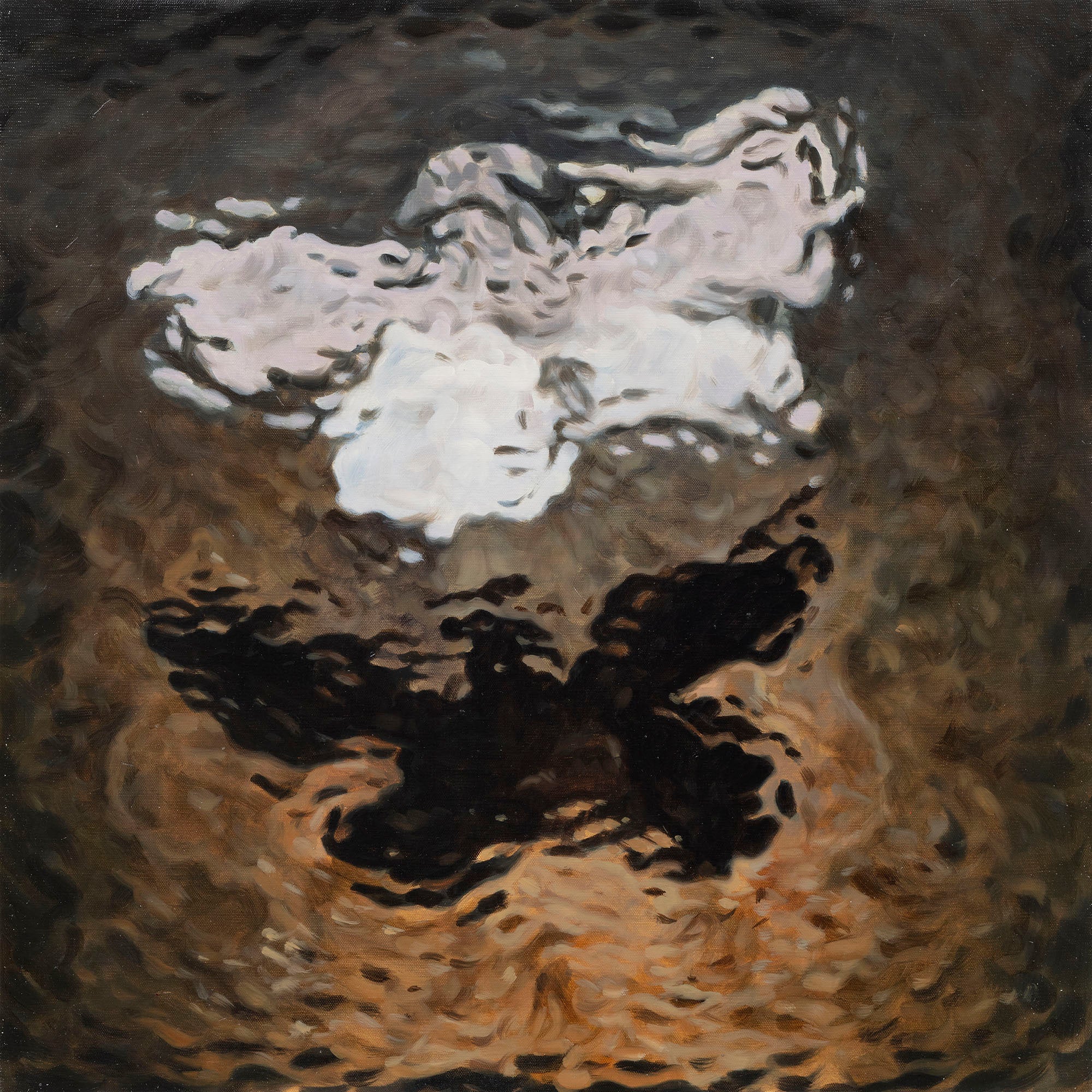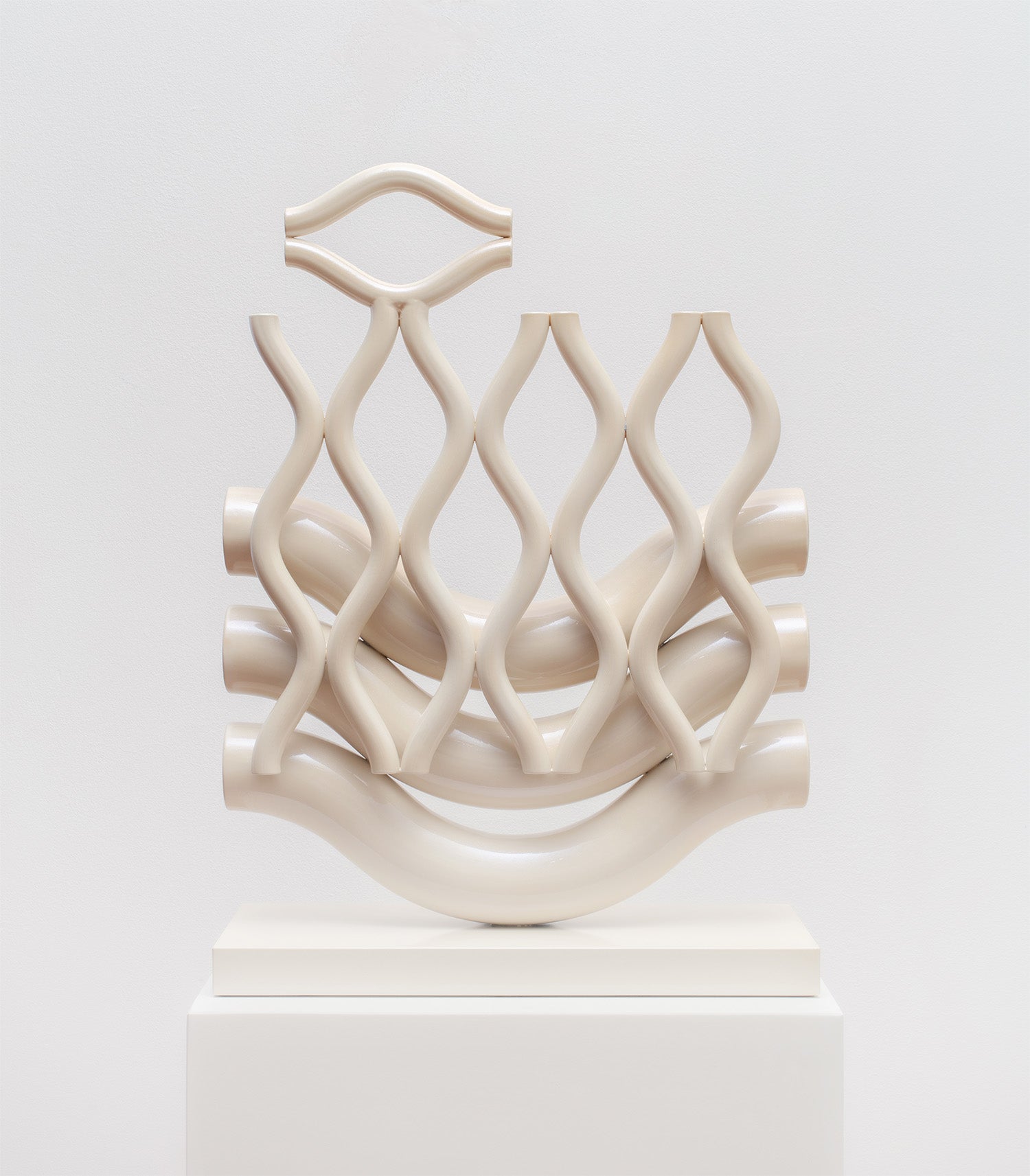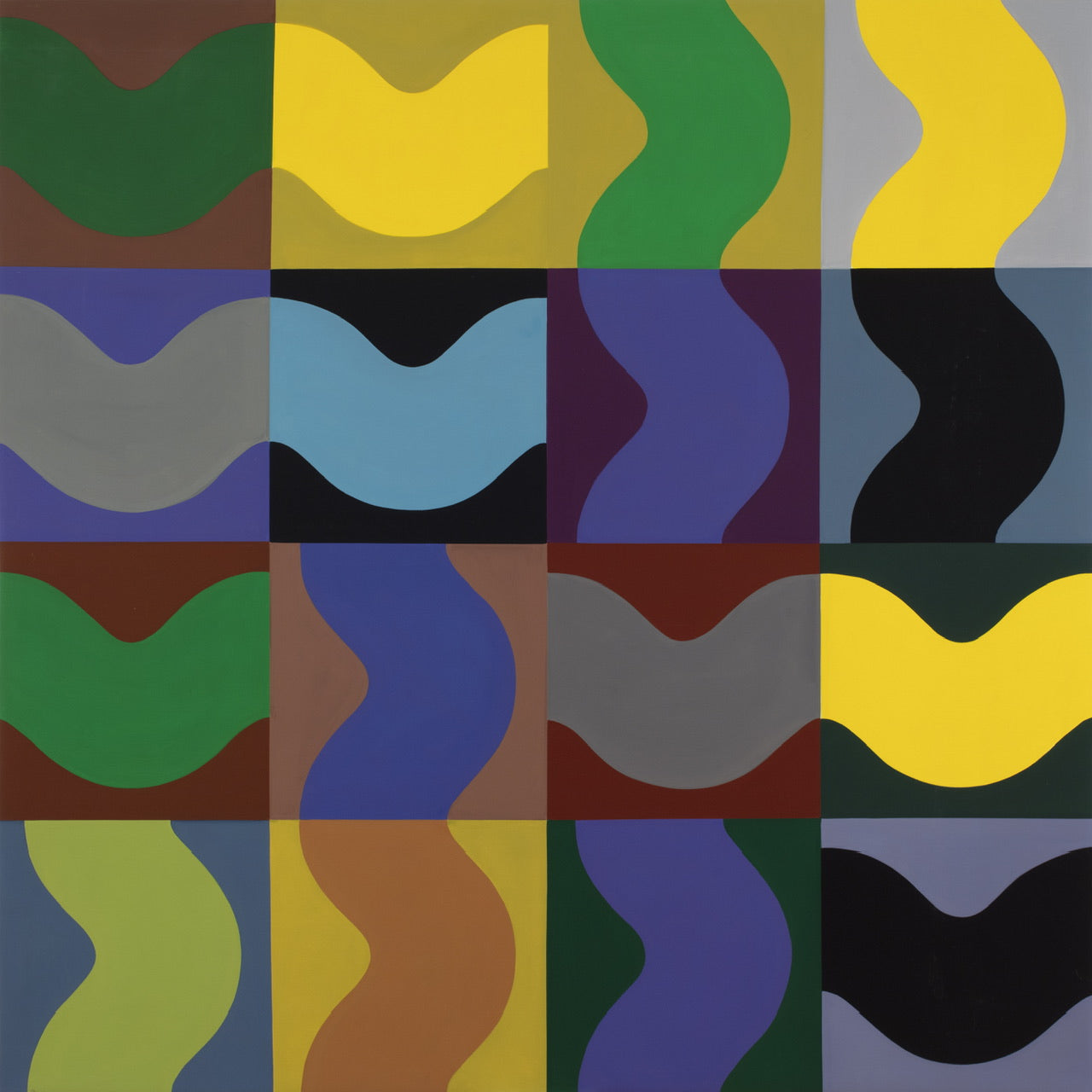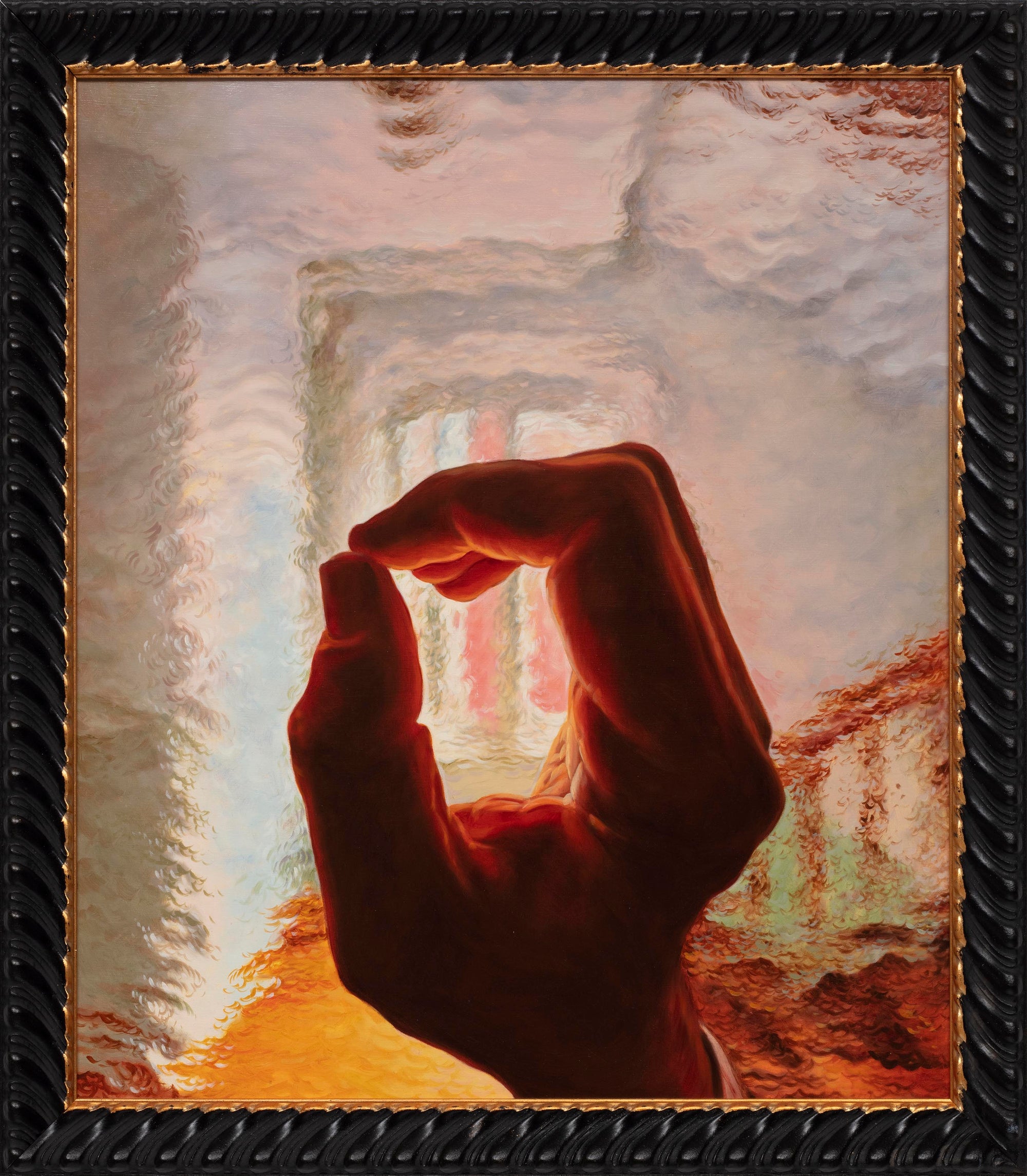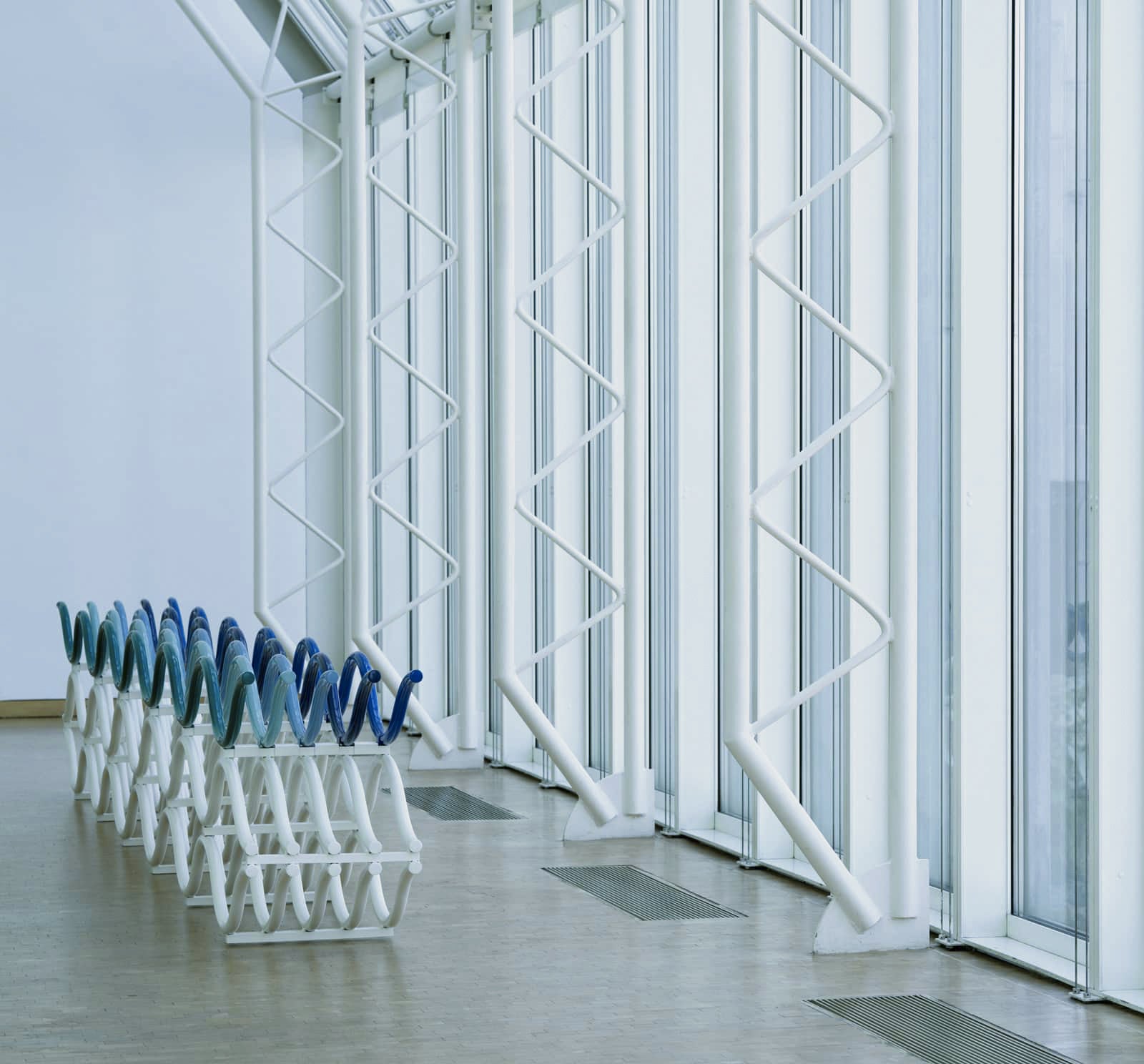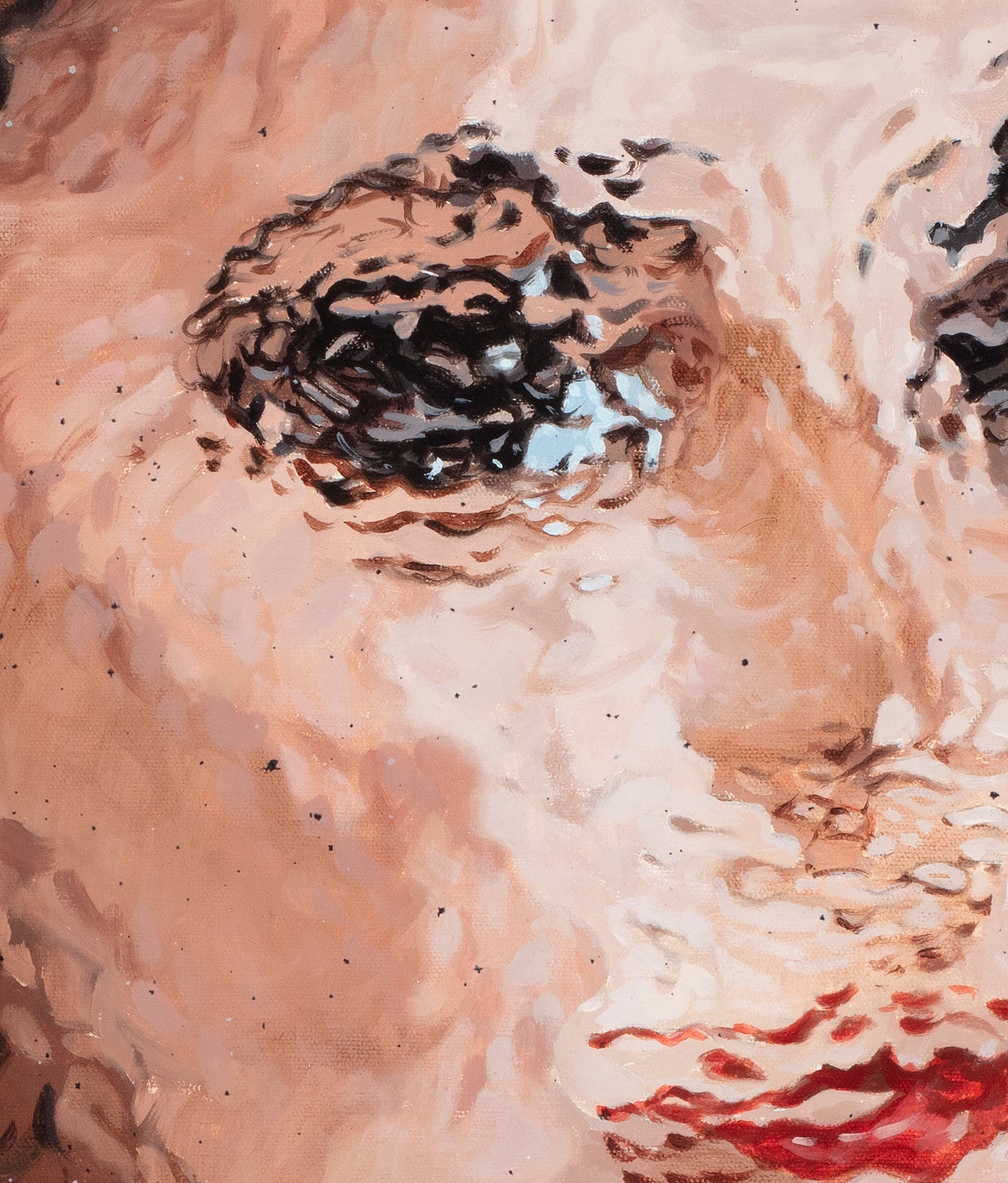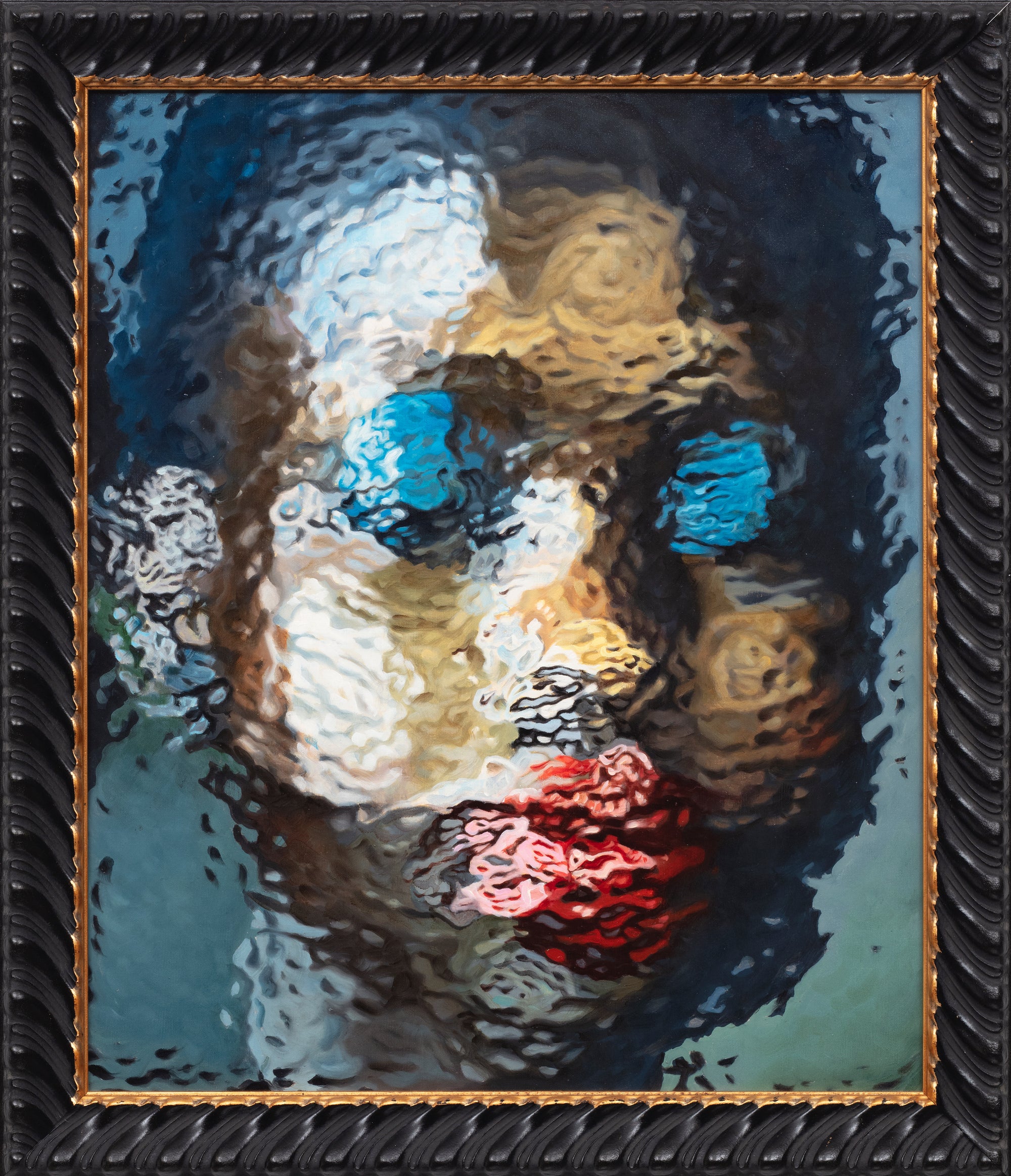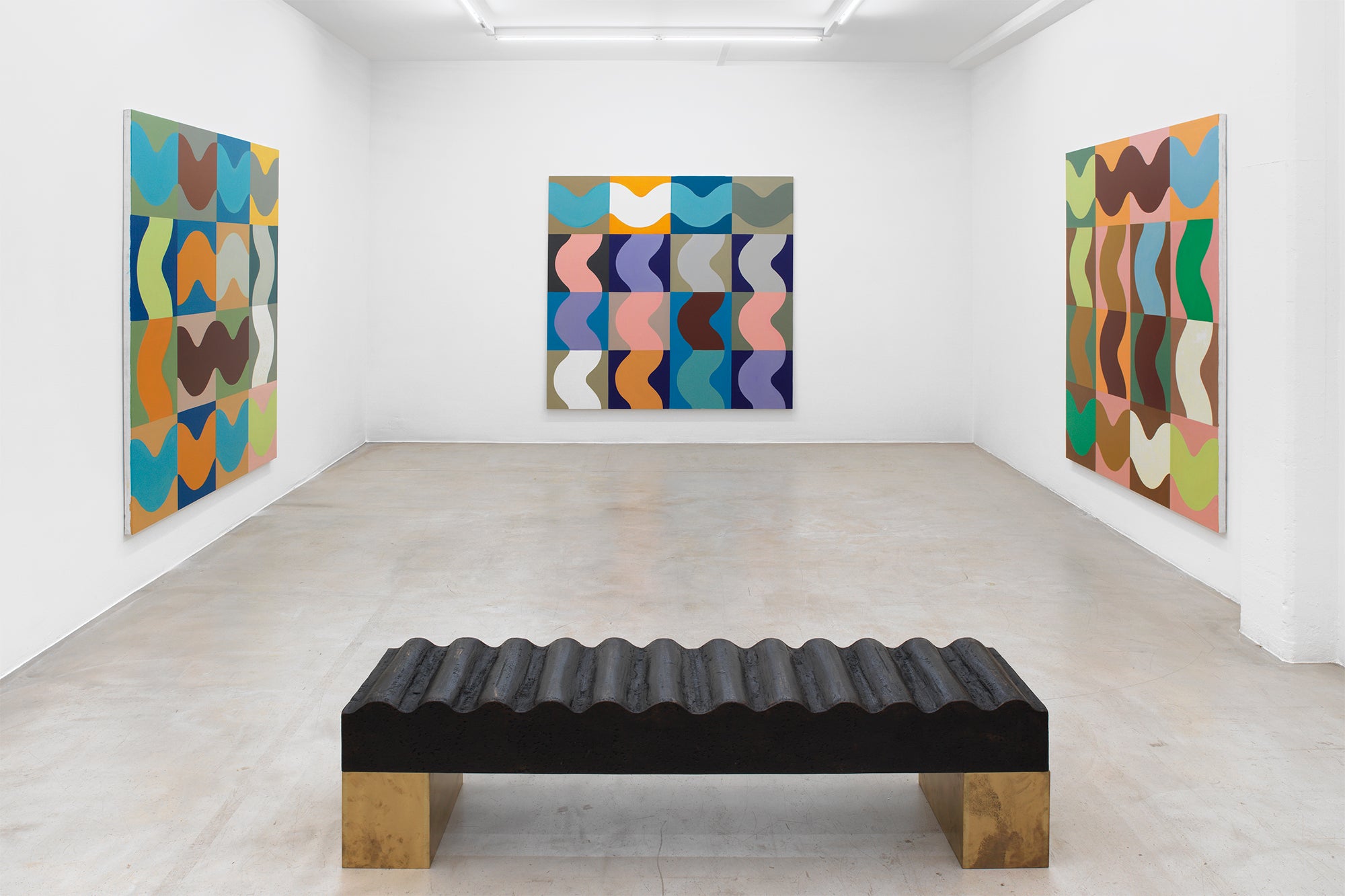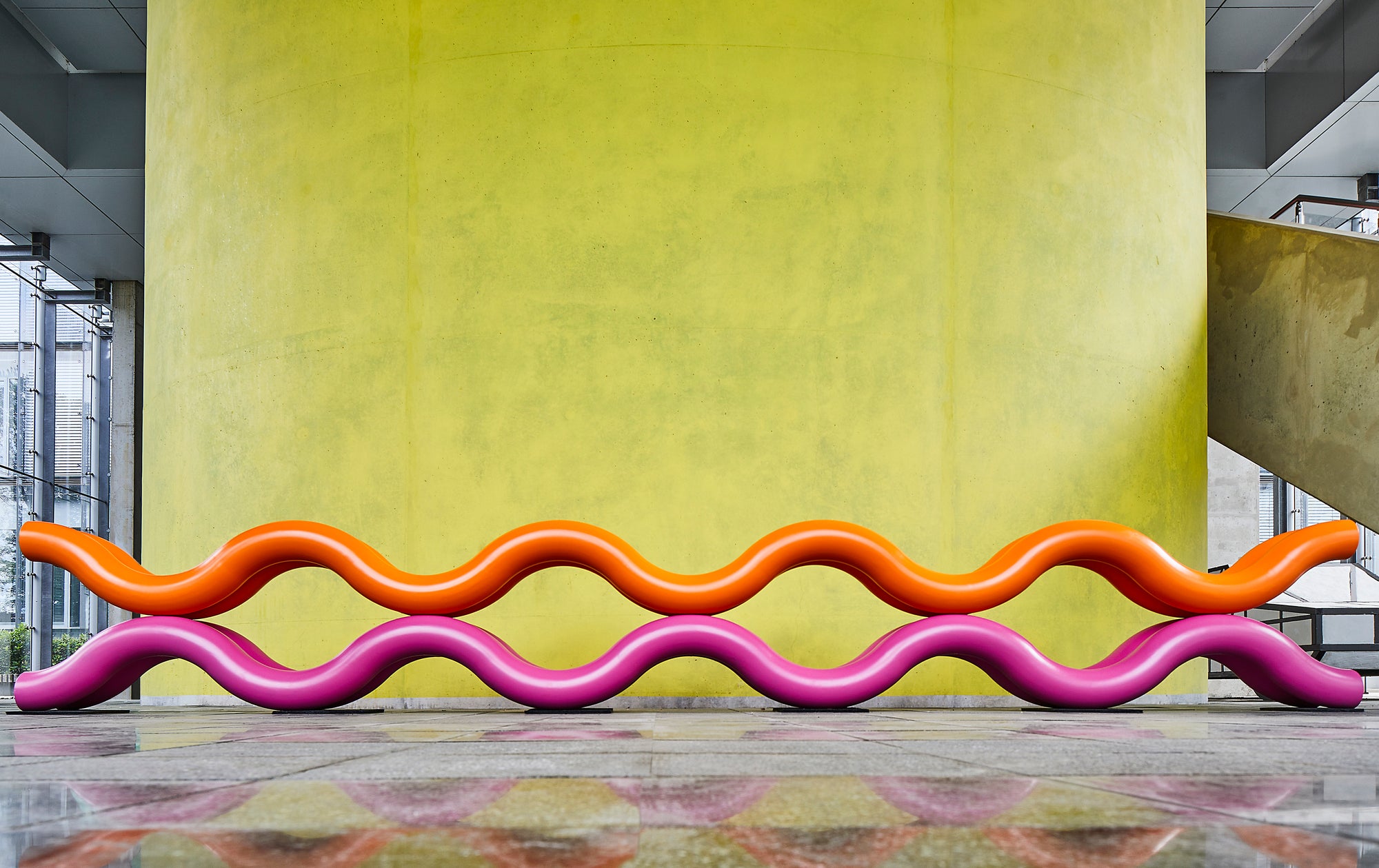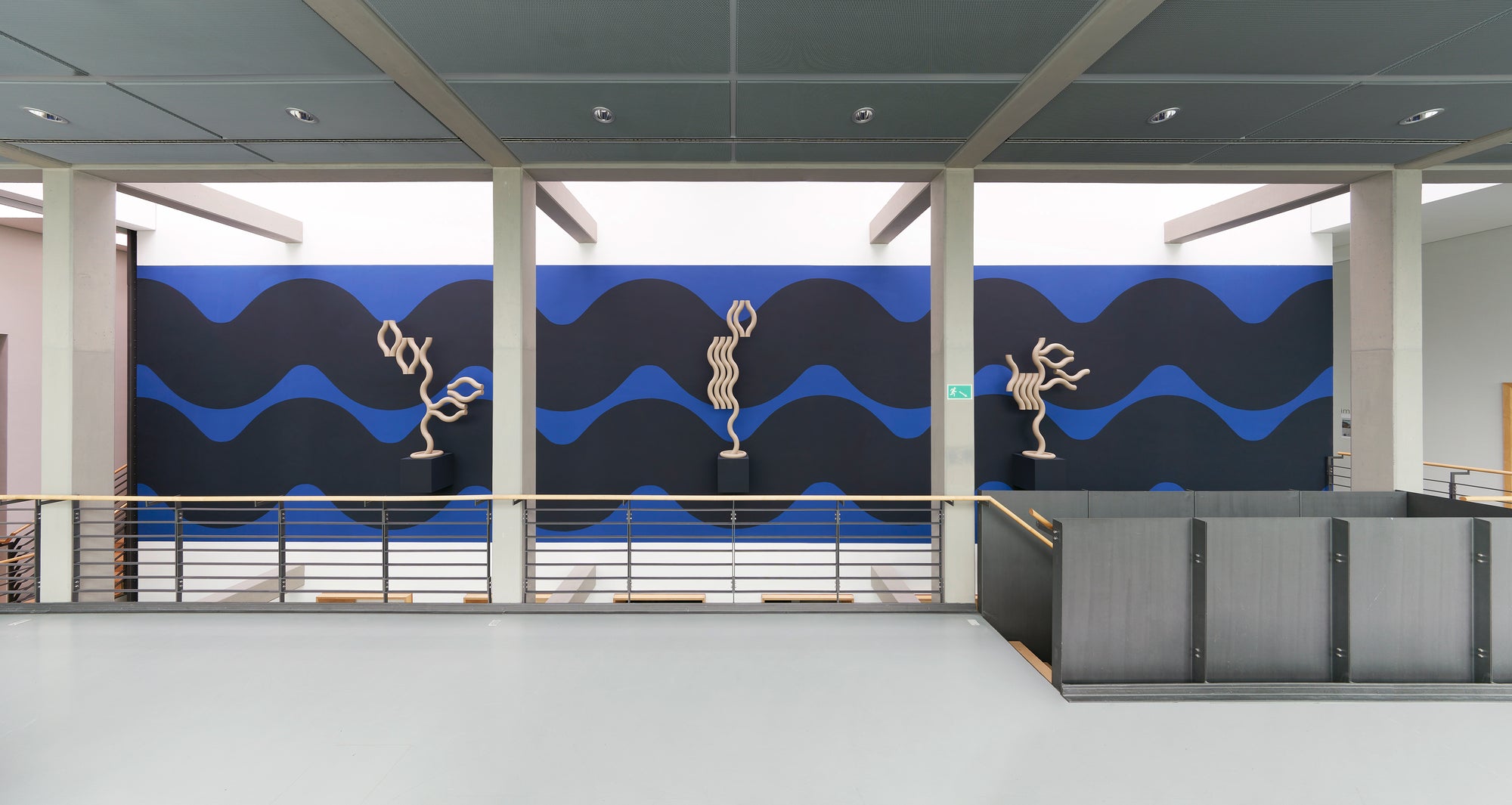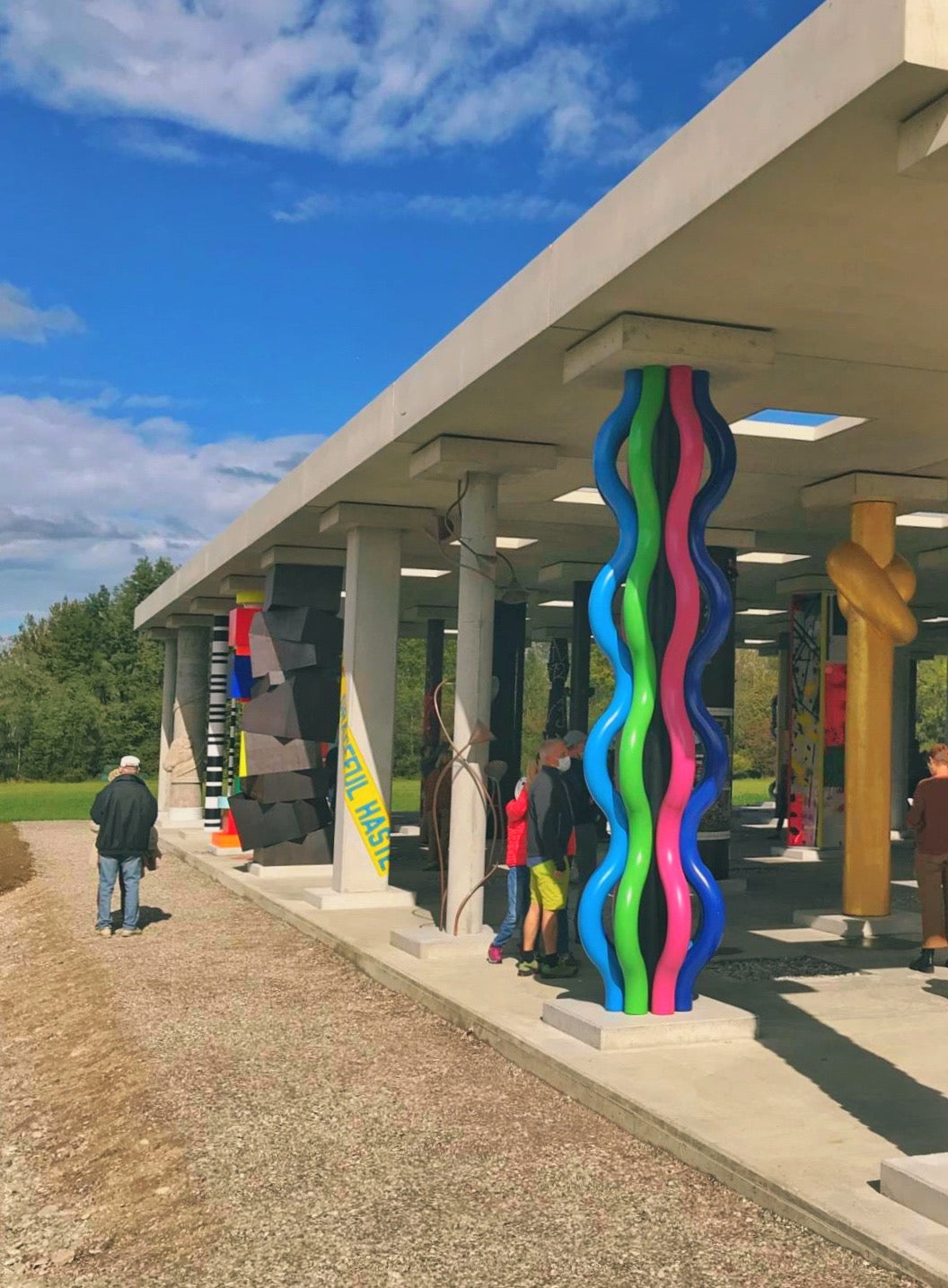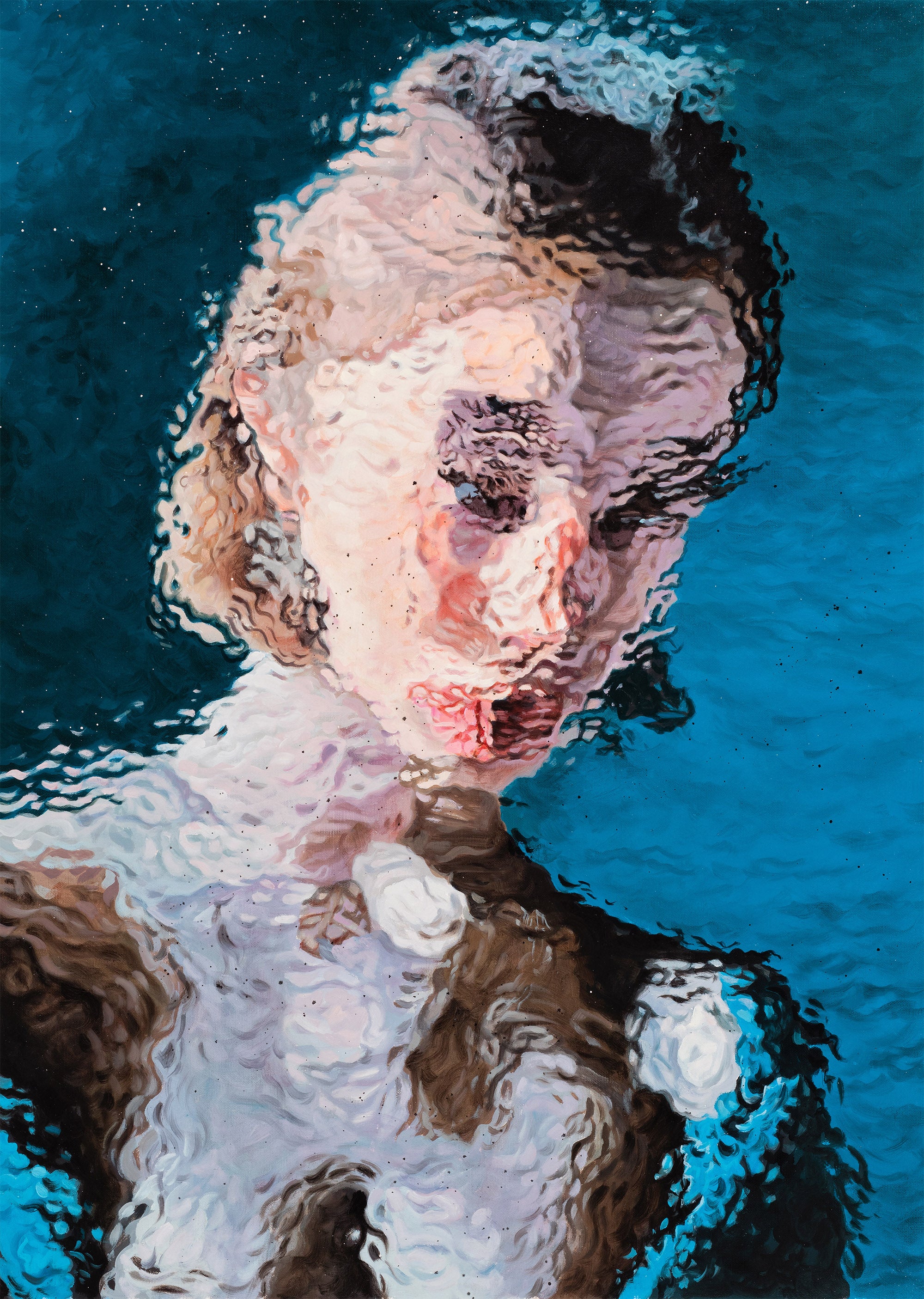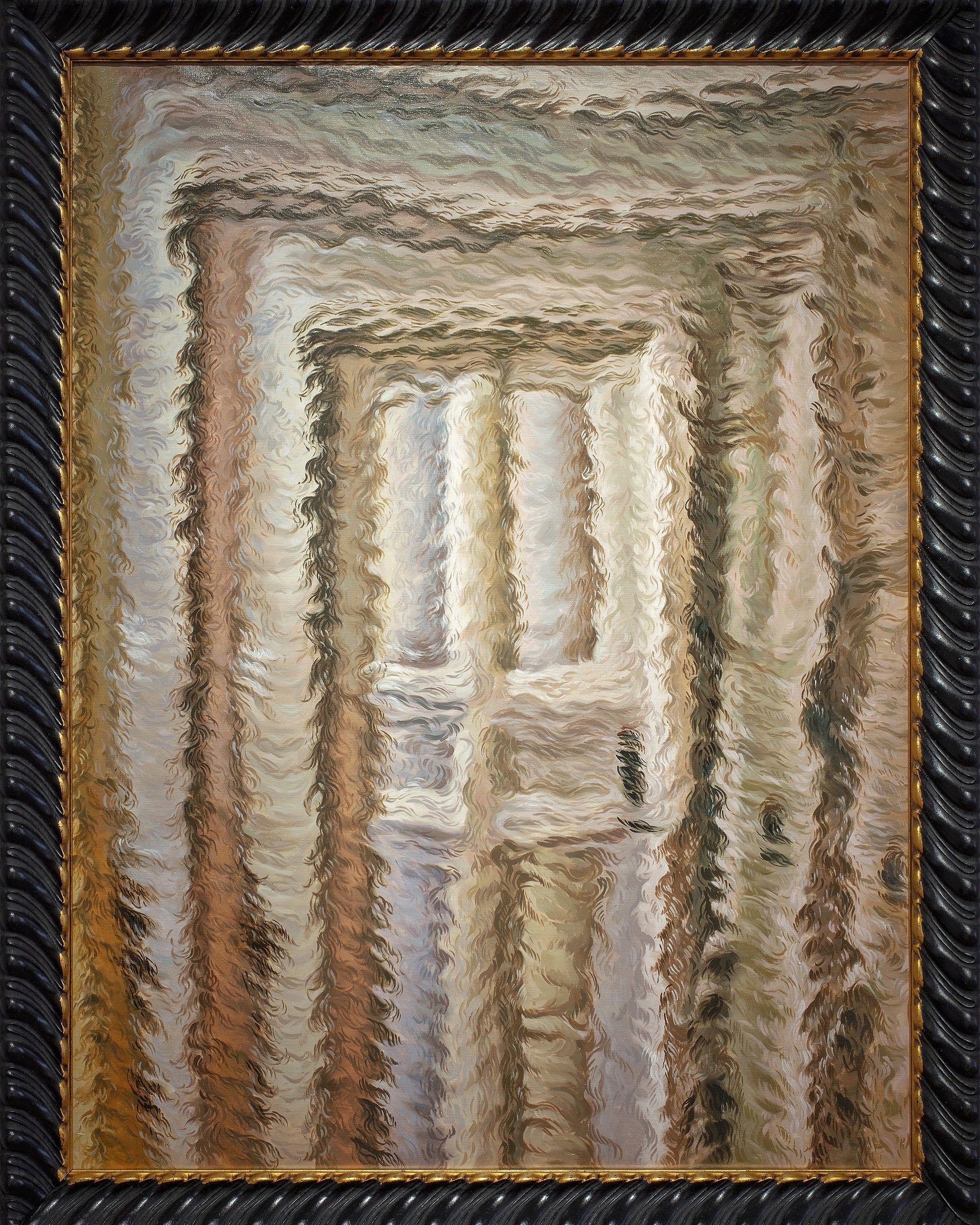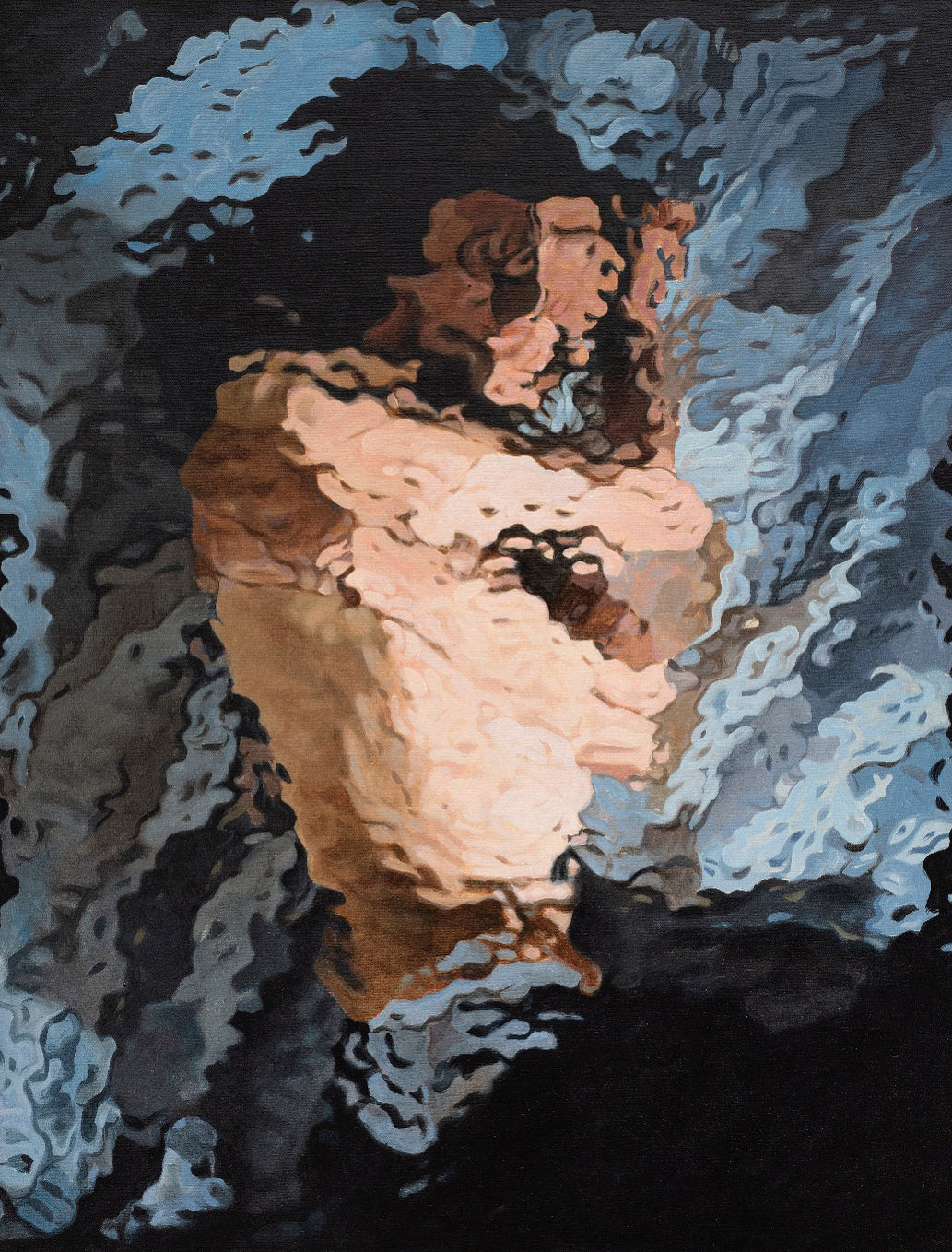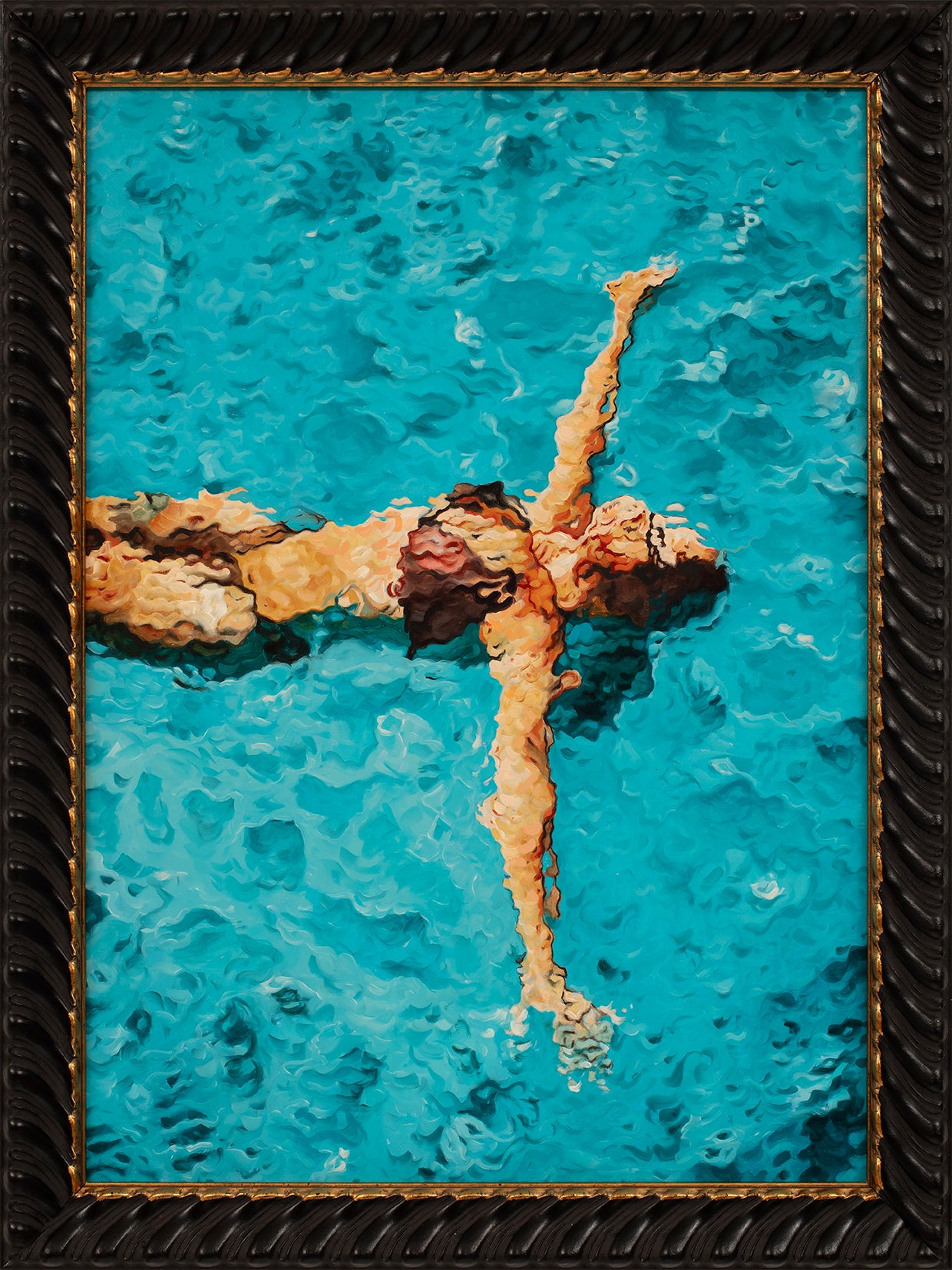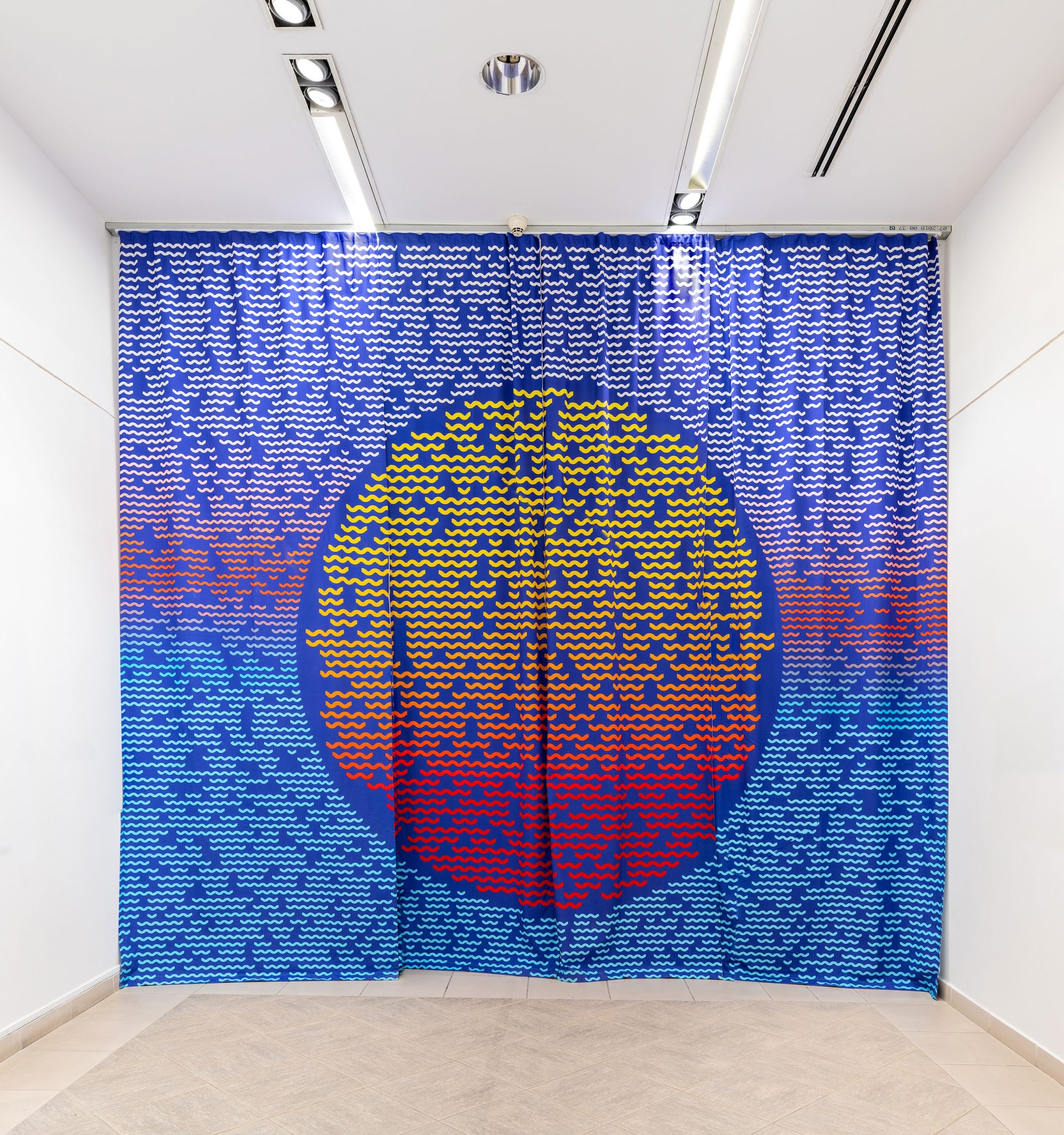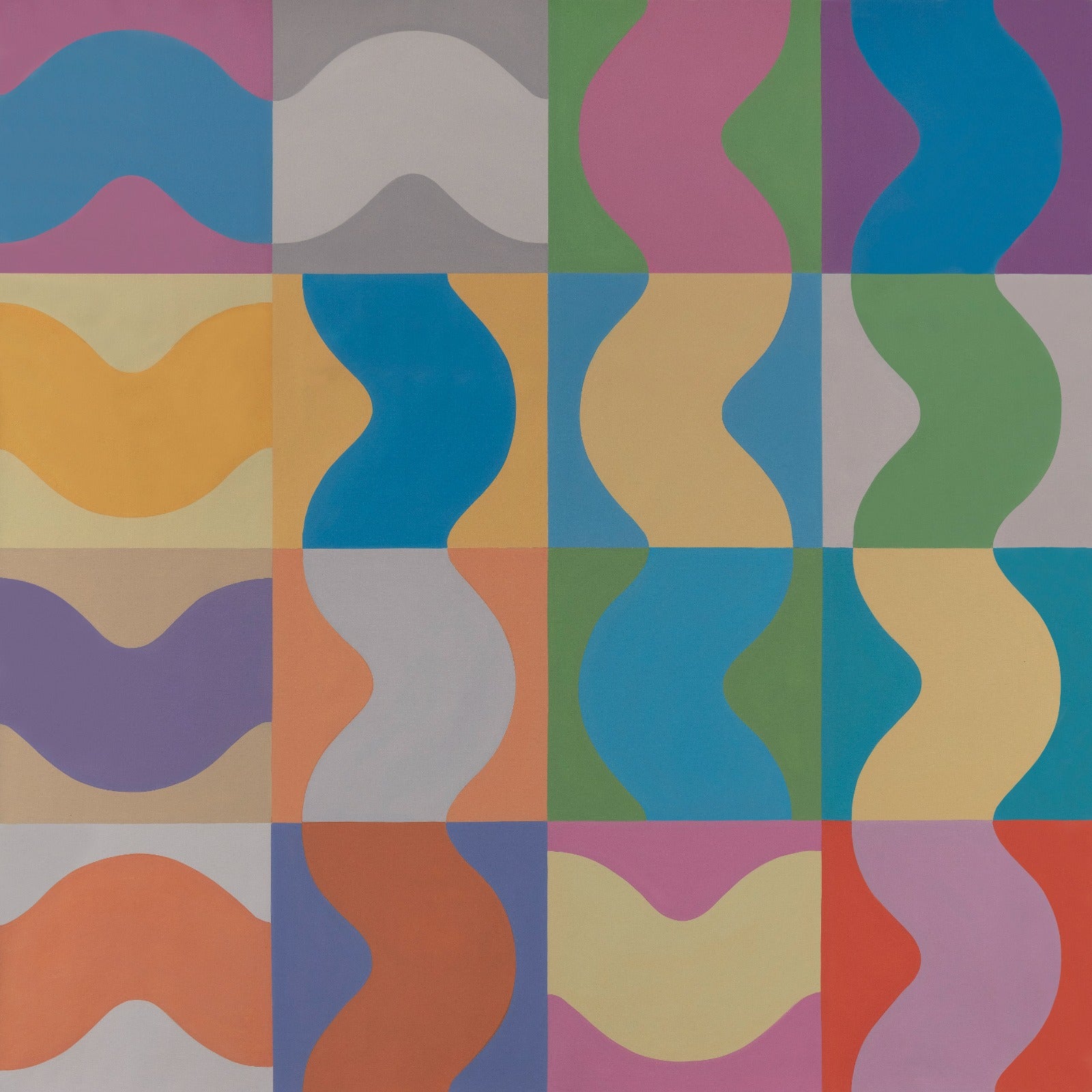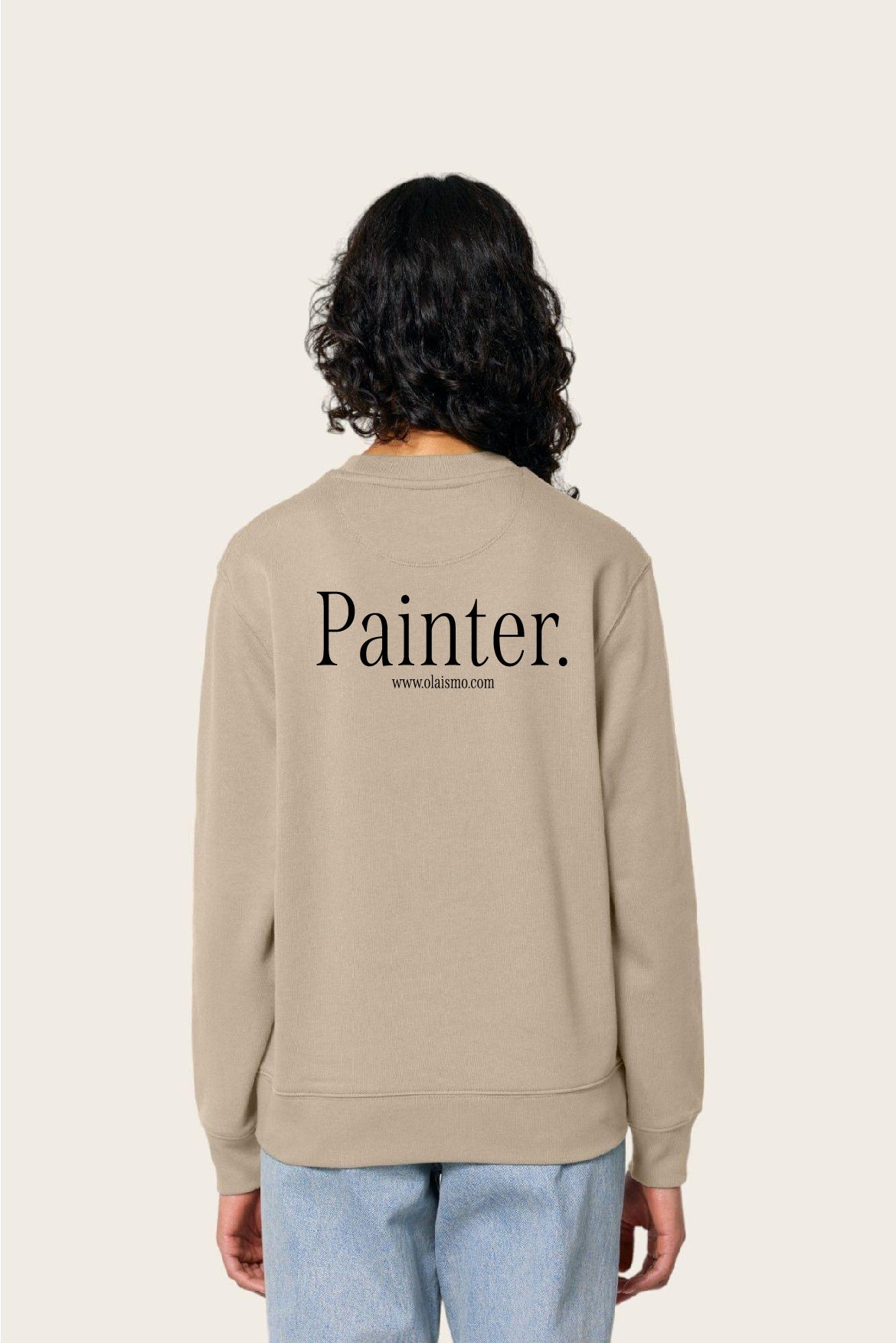-
★★★★★
“Diango is trying to find languages that speak to that distance and bridge that distance. It's deeply aesthetic, it's invariably absolutely beautiful, but underlying it is this kind of strong engagement with place and lack of place.”
-
★★★★★
“Hernandez’s sculptures meanwhile seem up-to-minute artefacts from our hyperconnected digital islands of isolation. Hyperreal in finish and form, they are visitors from another realm in which humans are, at best, vulgar tourists. Within the logic of Instopia they function as pirate flags asserting the sovereignty of the artistic imagination to roam where it pleases, passing through thresholds and across all territories, taking and using what it wants.”
-
★★★★★
“The art of Diango Hernández defies easy categorization. Although much of his work is inspired by his experiences of Cuba – where he was born in 1970 and lived until the age of 33 – he is not an émigré artist in the vein of Aleksandr Solzhenitsyn or Joseph Brodsky. And while many of his projects are concerned with displacement and origin, his work does not sit comfortably within the genre of diasporic art. Hernández makes Conceptual art yet carefully constructs pieces by hand like a craftsman. He is as much an inventor drawing up plans for alternative systems as he is an explorer mapping out newly discovered territories.”
-
★★★★★
“In Diango Hernández's artistic practice, drawing began as a form of resistance and mental survival, a way of collecting, recording, understanding, perceiving and filtering a lost reality in the post-revolutionary period of his native Cuba, to become a form of articulation and projection of concepts and ideas guided by the energy of utopia.The long-term installations that he builds project after project propose free and rigorous visions as only drawing, freed from an exclusive and narrow function of representation, can create.”
-
★★★★★
“Hernández first solo exhibition in Cologne without the Ordo Amoris Cabinet in 2003, which was entitled “Amateur” at Frehrking Wiesehöfer presented 5.000 drawings together with objects, which seemed to have been realized quickly and had a precarious status because they were extremely fragile. Some of them looked like radios or other everyday objects but which were not functioning. Though I am sceptical about heroic narrations postulating that some exhibitions in an artist’s career are more important than others I would say that “Amateur” was crucial for Diango because it was a turning point in finding a very specific language as an artist. At least that is why I suggested starting Hernández survey at MART, Rovereto with a room of drawings from "Amateur".”
Voices
Collections
Museum Abteiberg, Mönchengladbach, Germany | The Museum of Modern Art, New York, USA | Bundeskunsthalle, Bonn, Germany | Ludwig Museum, Cologne, Germany | PAMM, Miami, USA | Artpace, San Antonio, USA | Museum of Fine Art Houston, Houston, USA | Museum Morsbroich, Leverkusen, Germany | Kunstsammlung des Landes Nordrhein-Westfalen, Germany | INHOTIM, Centro de Arte Contemporânea, Belo Horizonte, Brazil | PHILARA Collection, Düsseldorf, Germany | Sammlung Wemhöner | Jil Sander Collection | Andy Warhol Foundation Collection | MART Museo di Arte Moderna e Contemporanea di Trento e Rovereto, Italy | CAB de Burgos, Burgos, Spain | Frac des Pays de la Loire, Carquefou, France | Kunstmuseum Liechtenstein, Vaduz, Liechtenstein | Museum für Gegenwartskunst, Siegen, Germany | Rheingold Collection, Düesseldorf, Germany | Sammlung zeitgenössischer Kunst der Bundesrepublik Deutschland, Germany | Museo de Arte Contemporáneo de Castilla y Leon, (MUSAC), Spain | Colección Bergé, Madrid, Spain.



